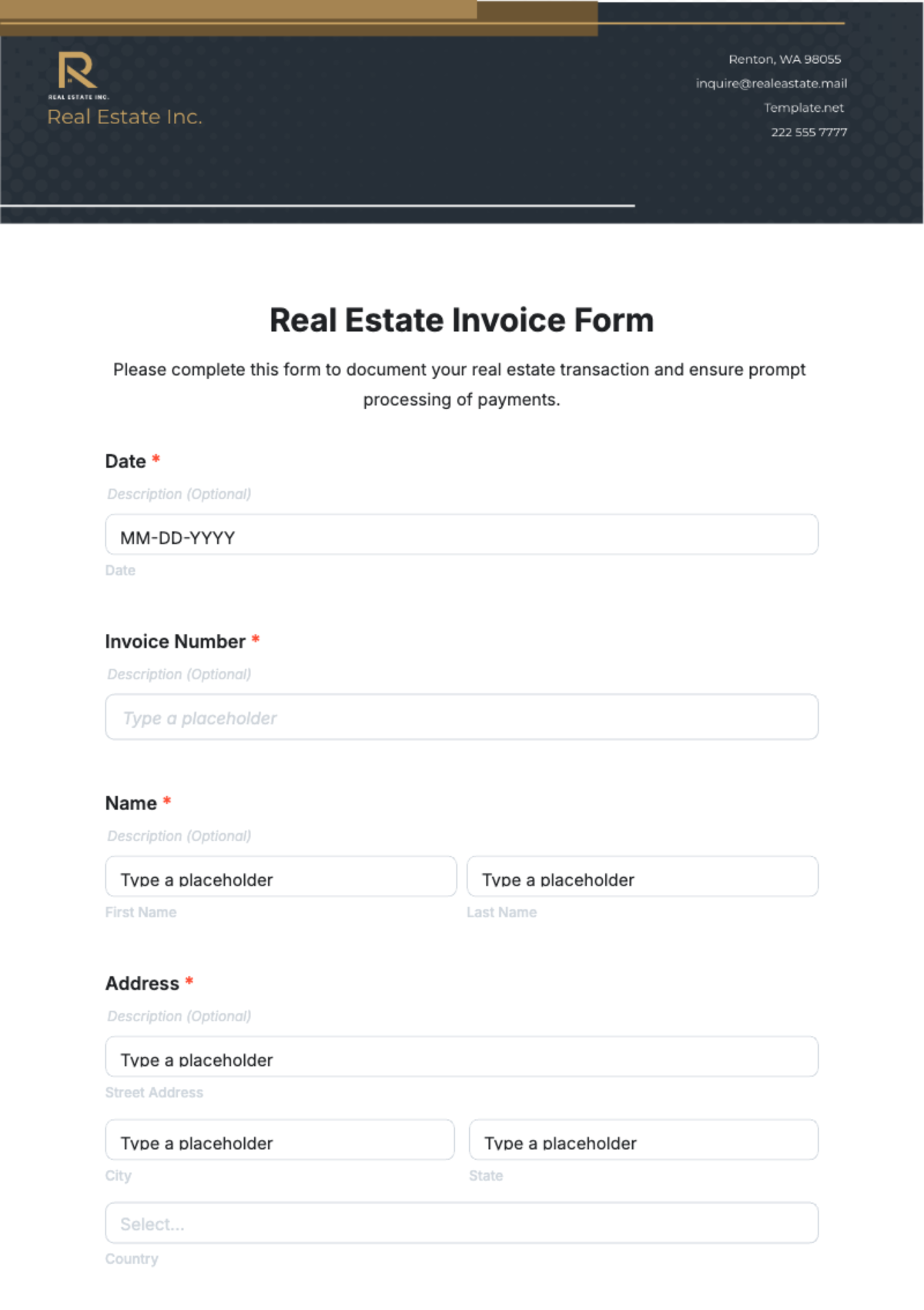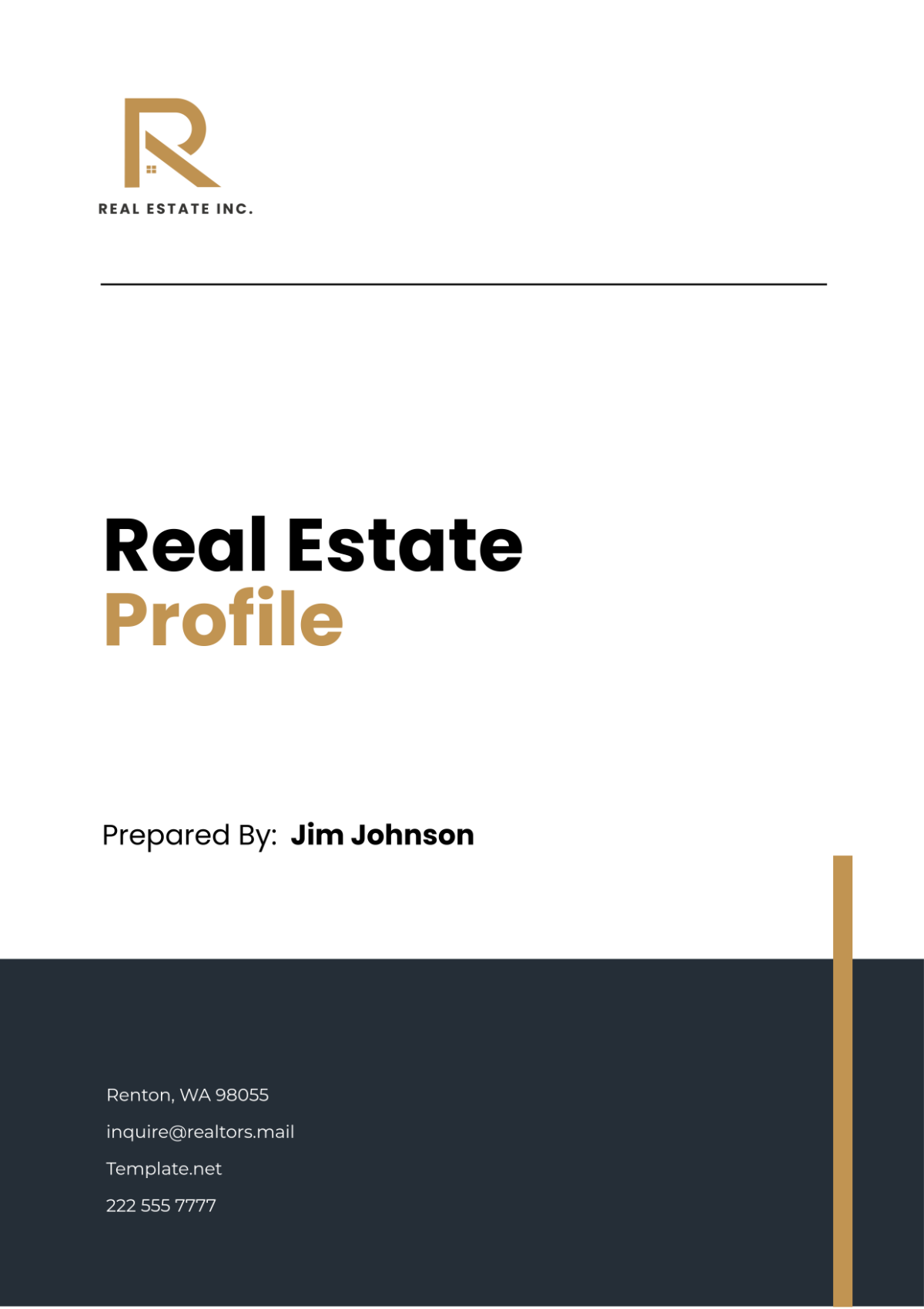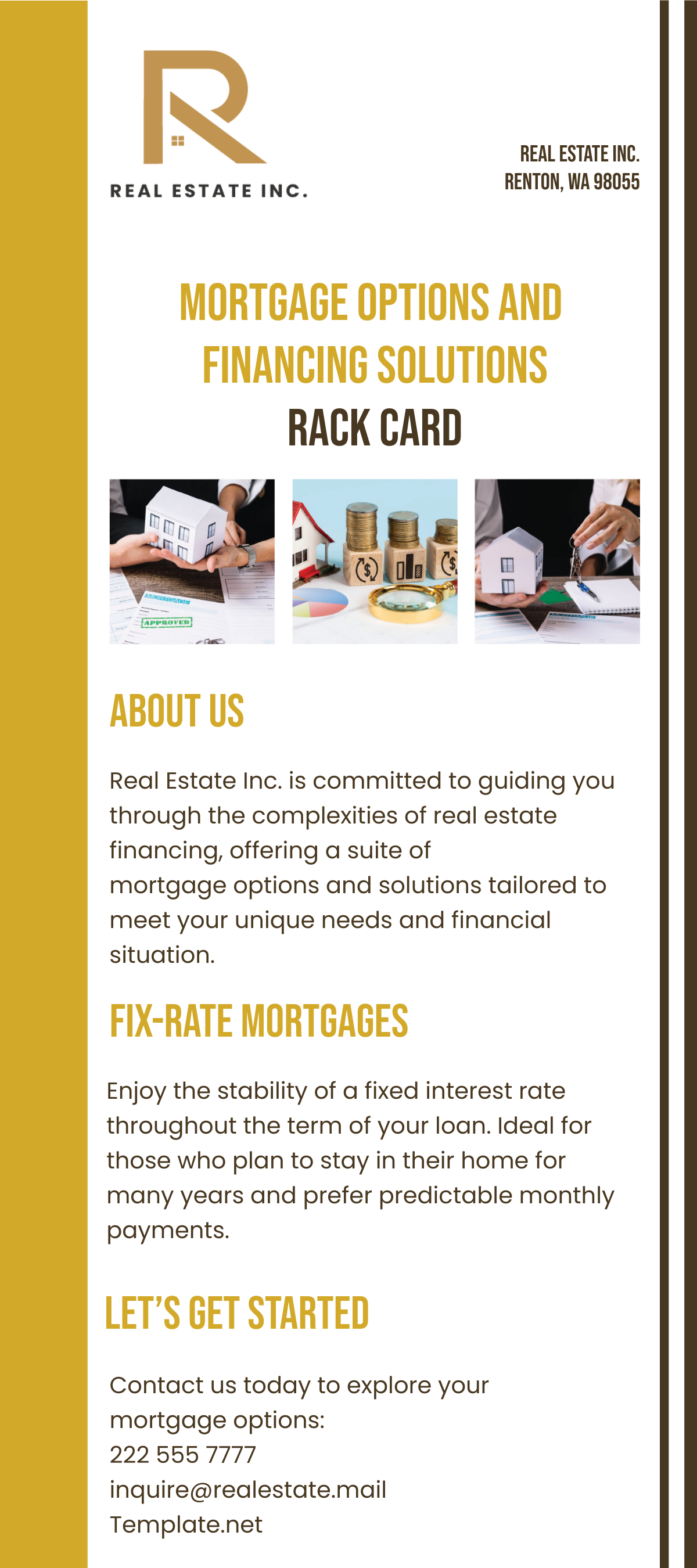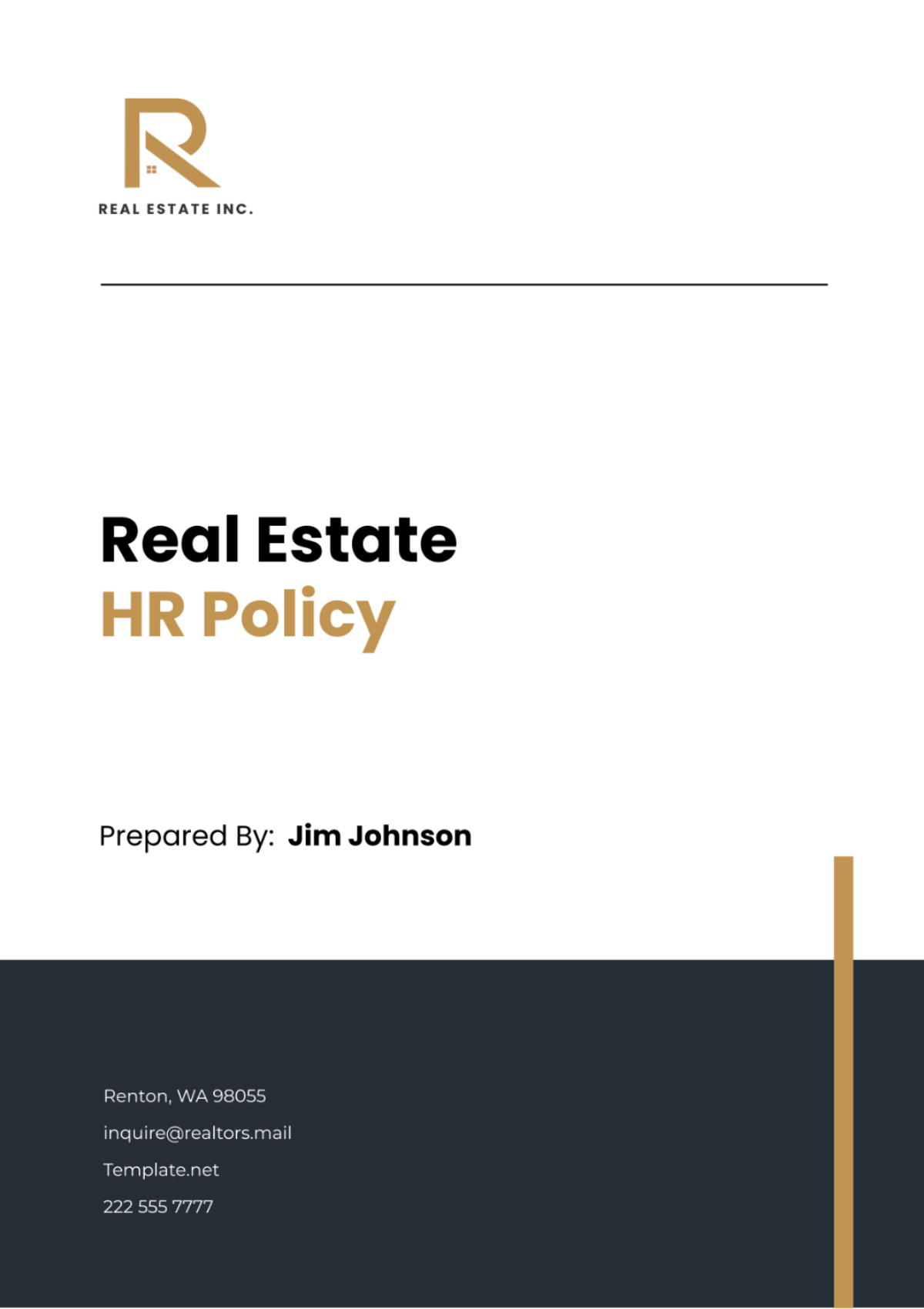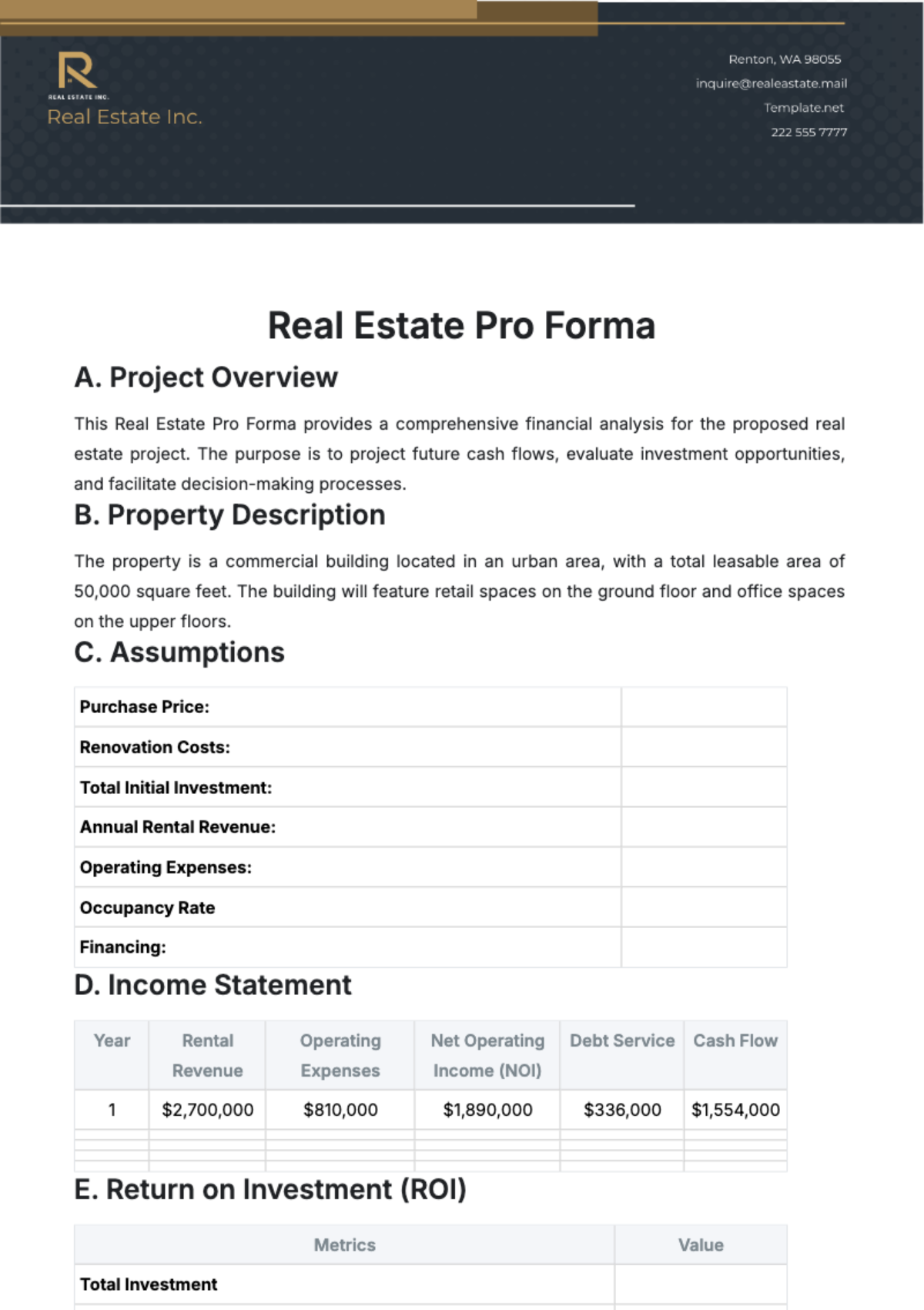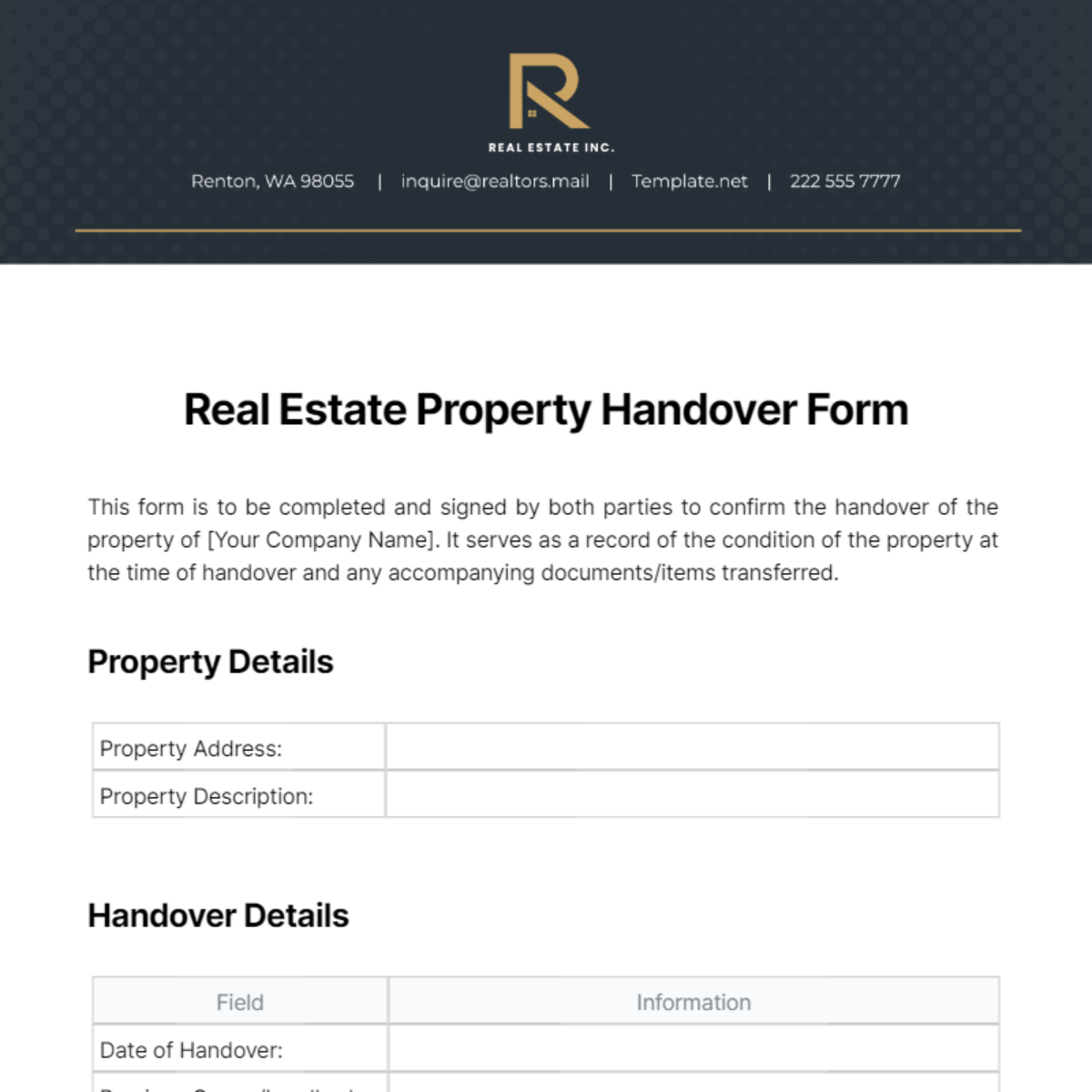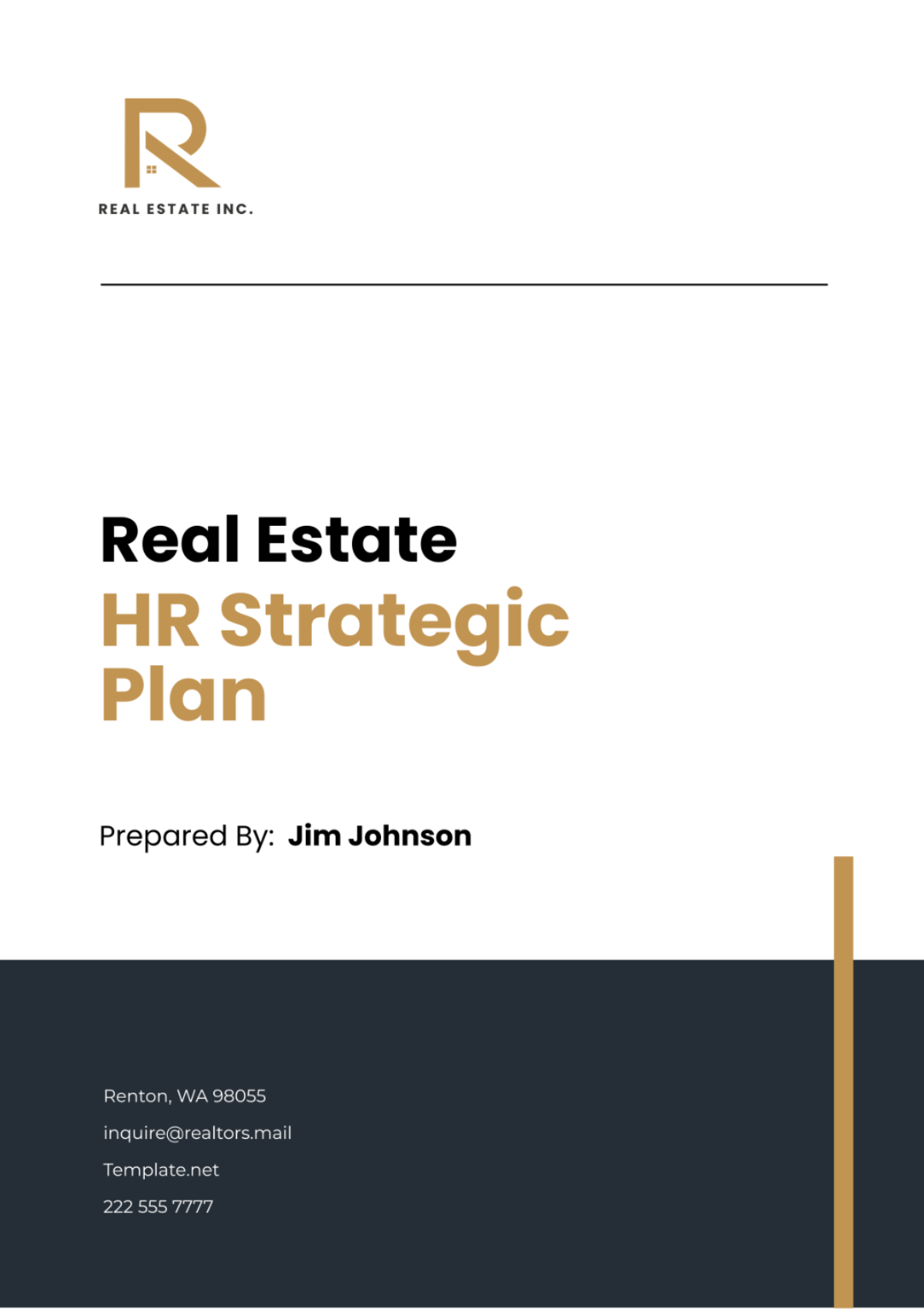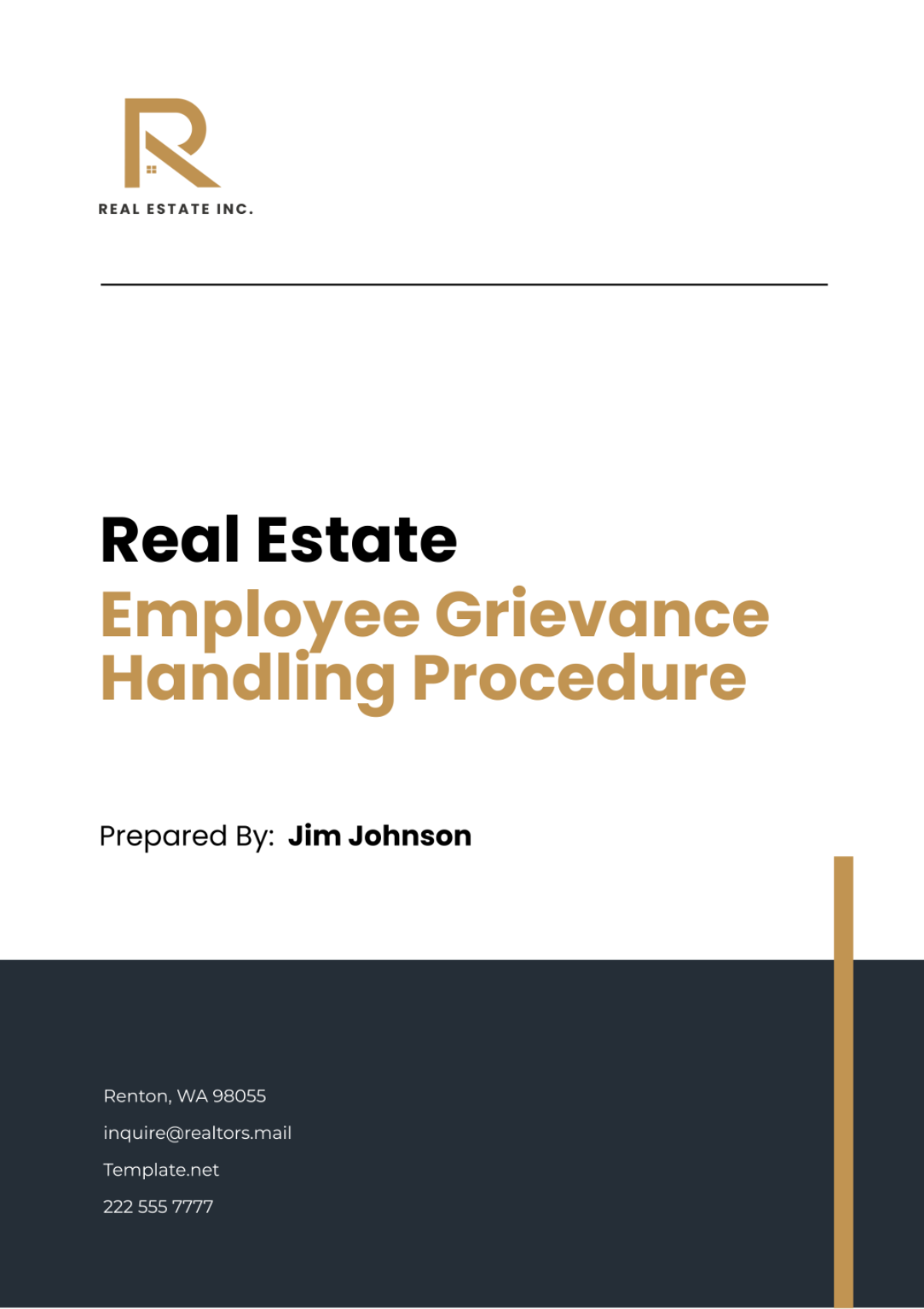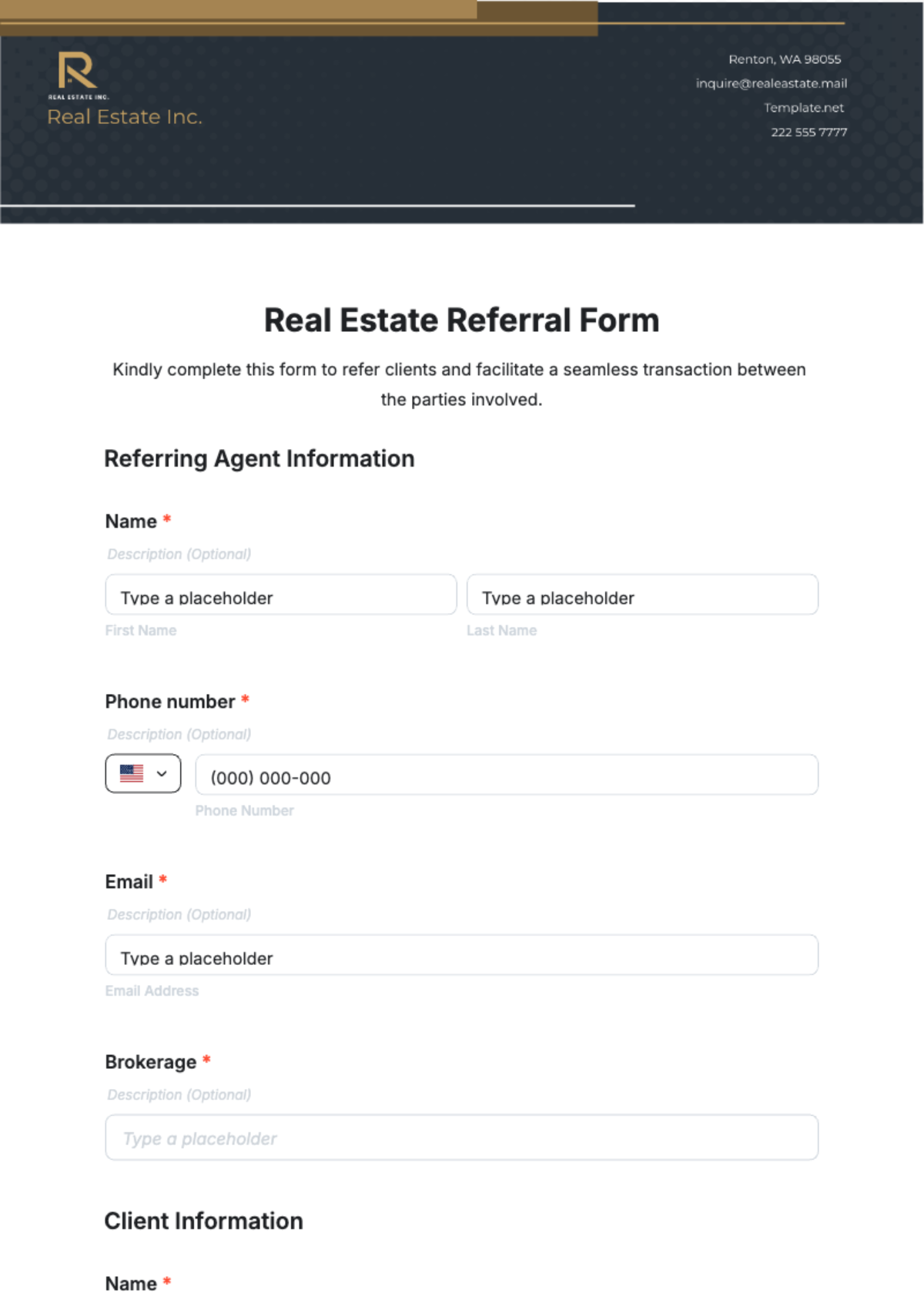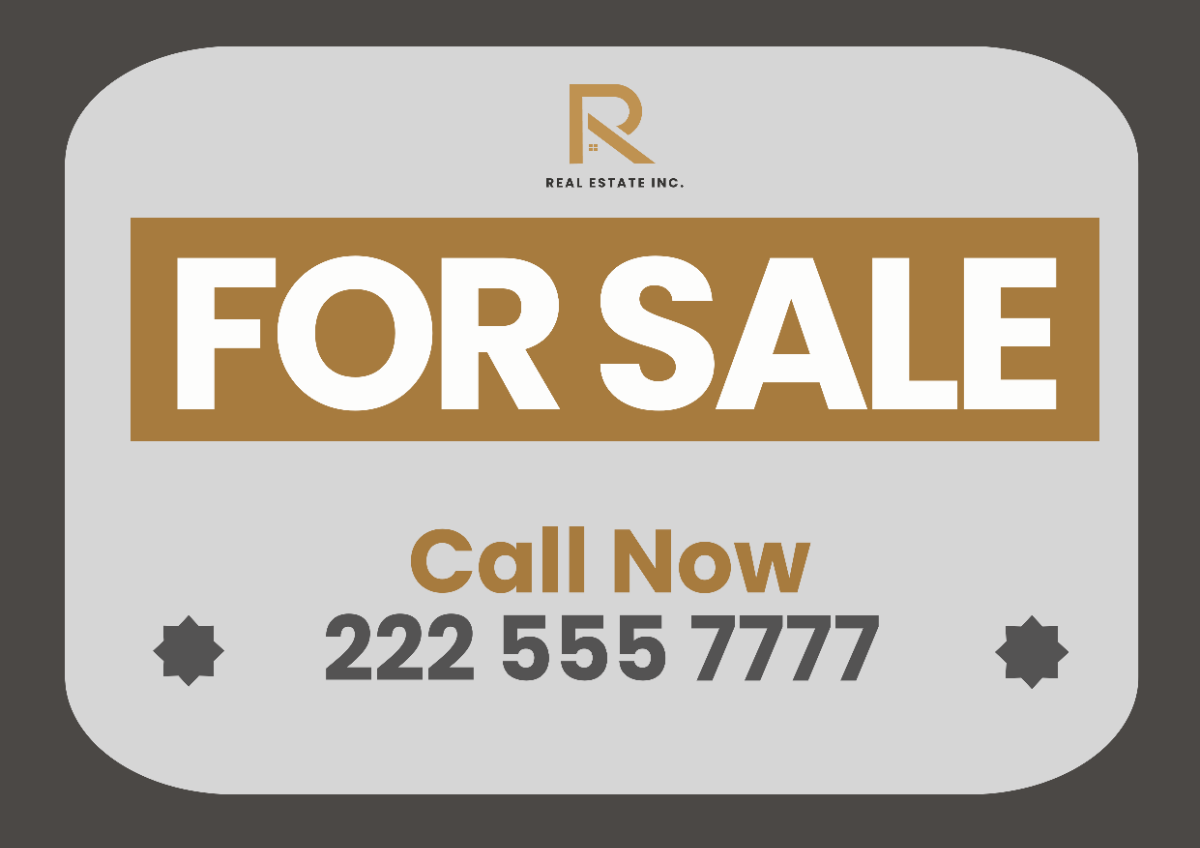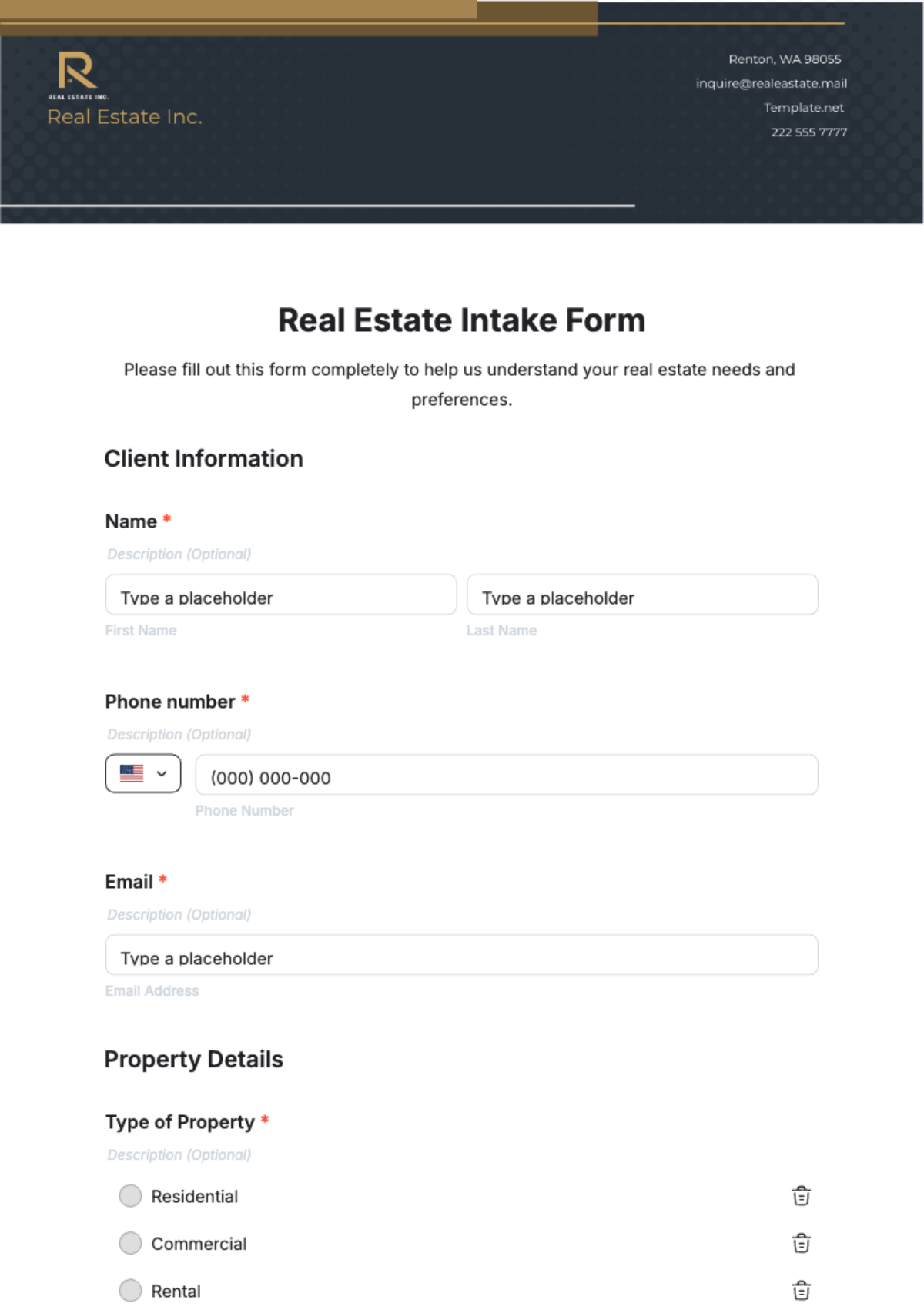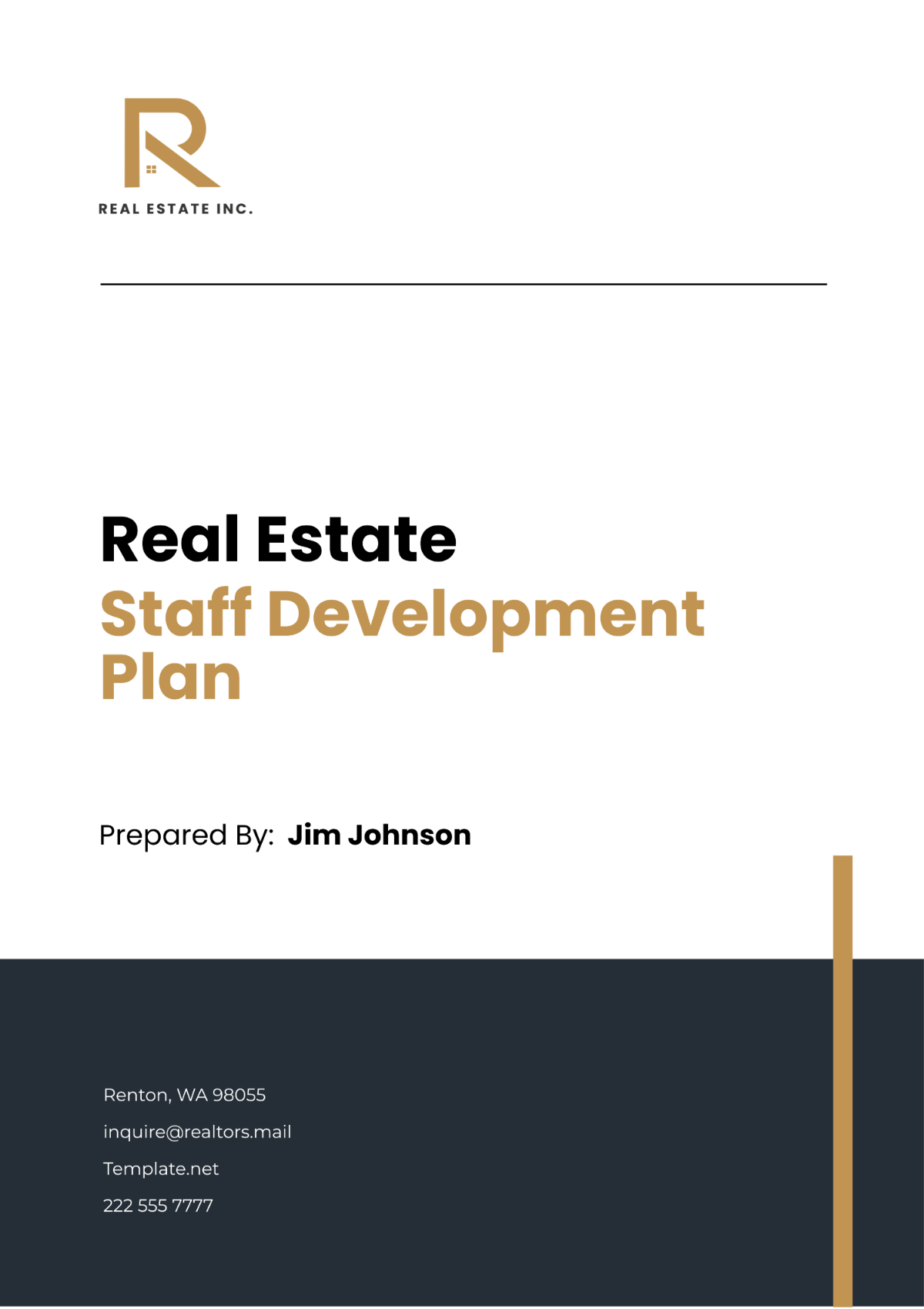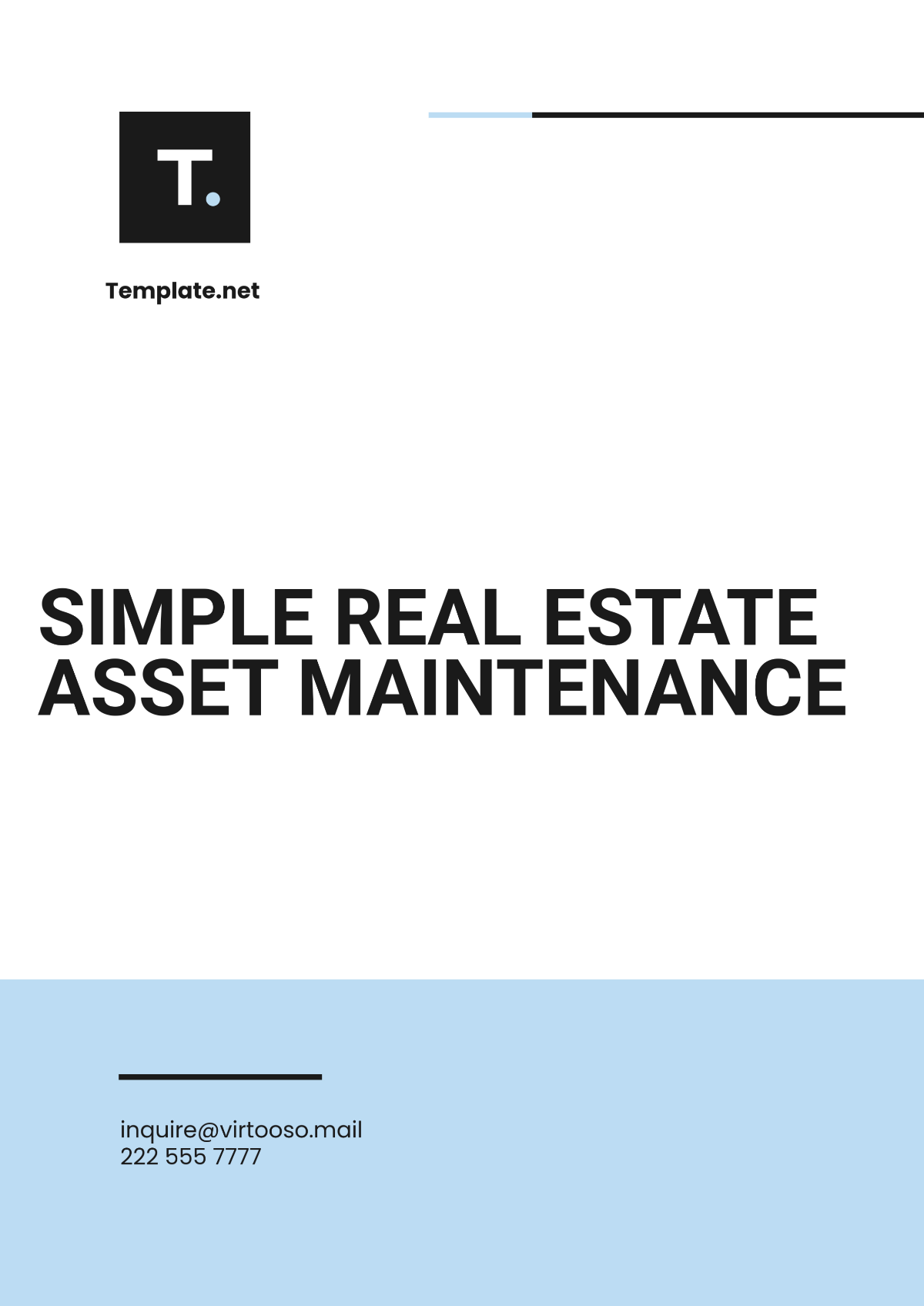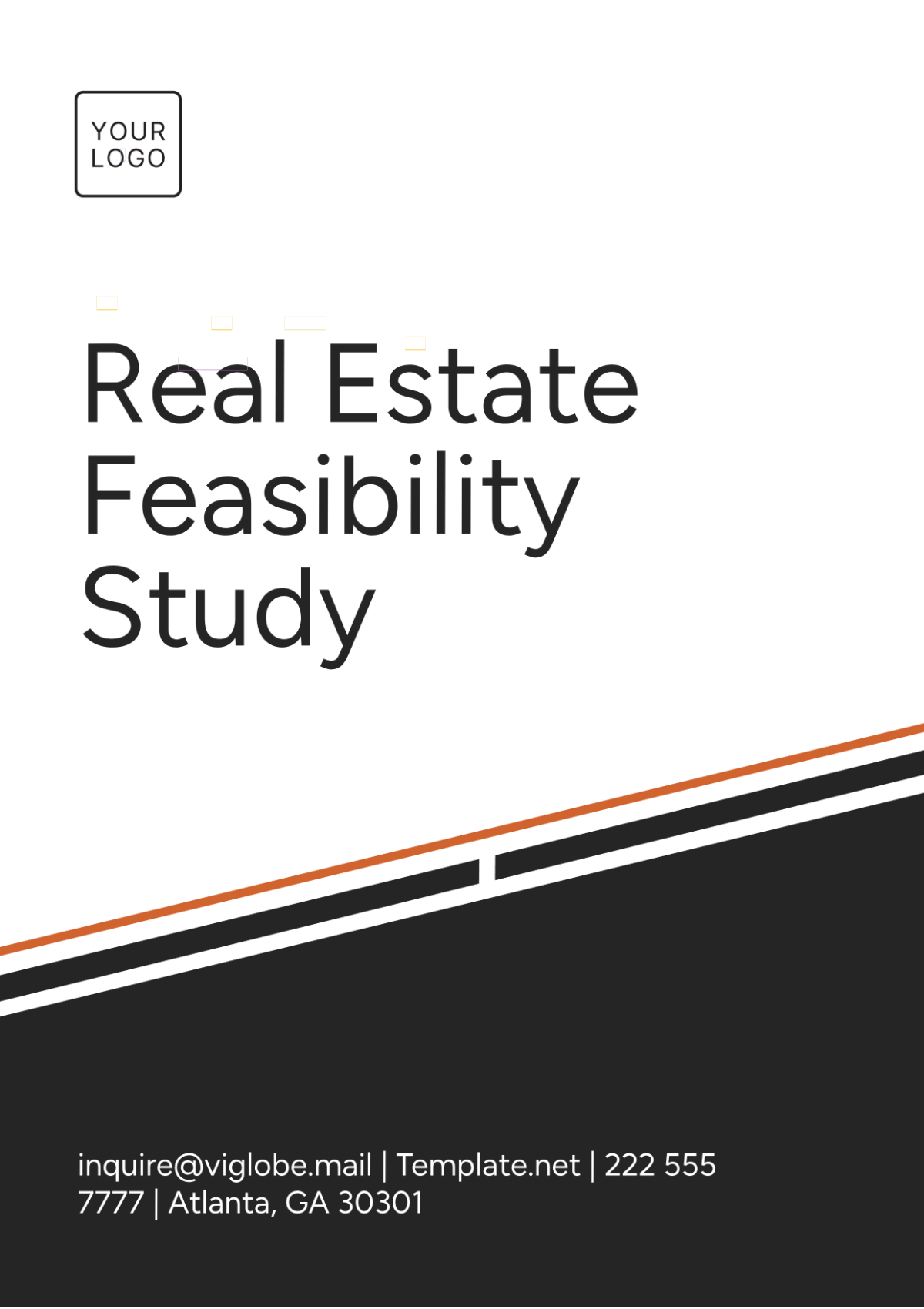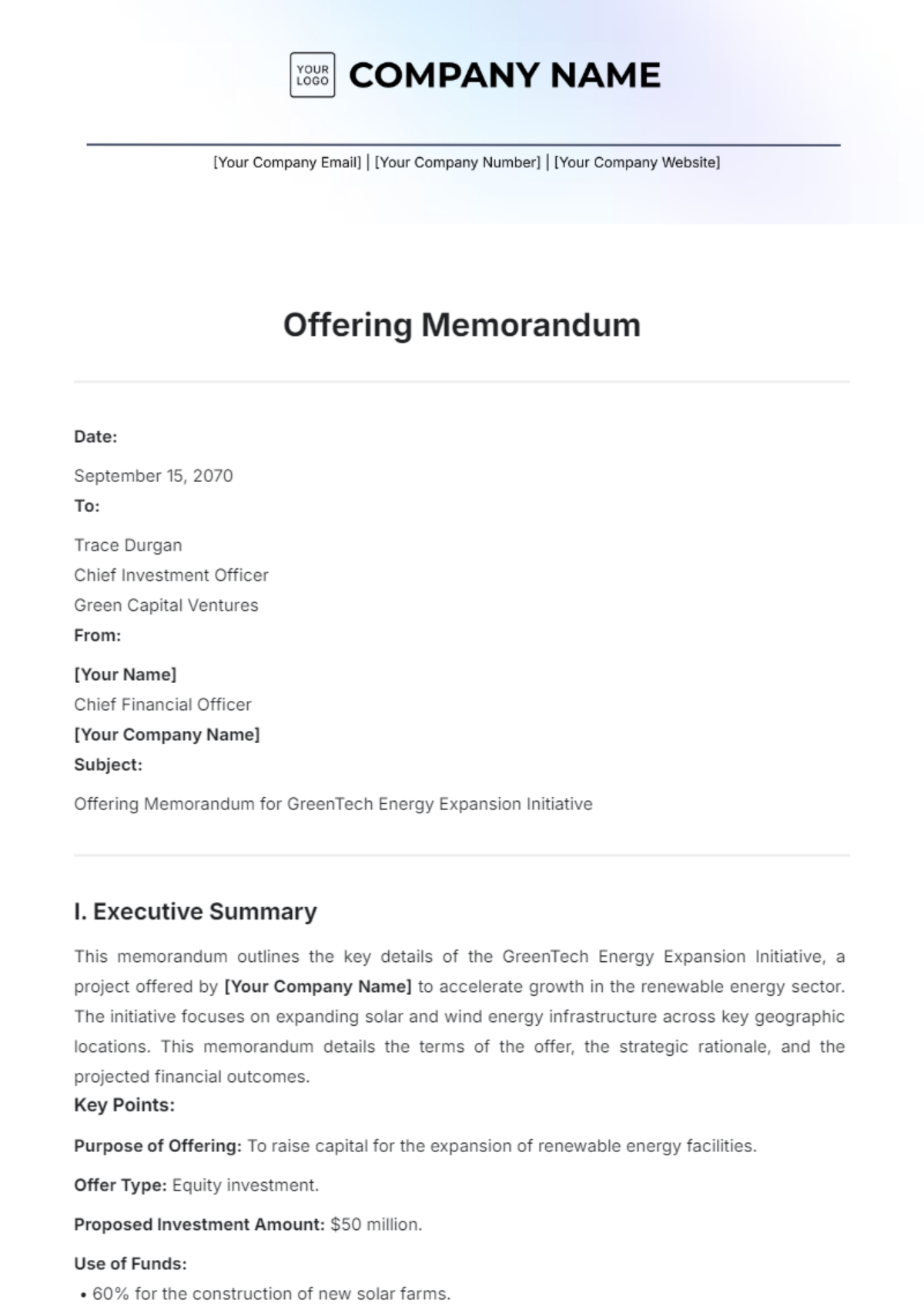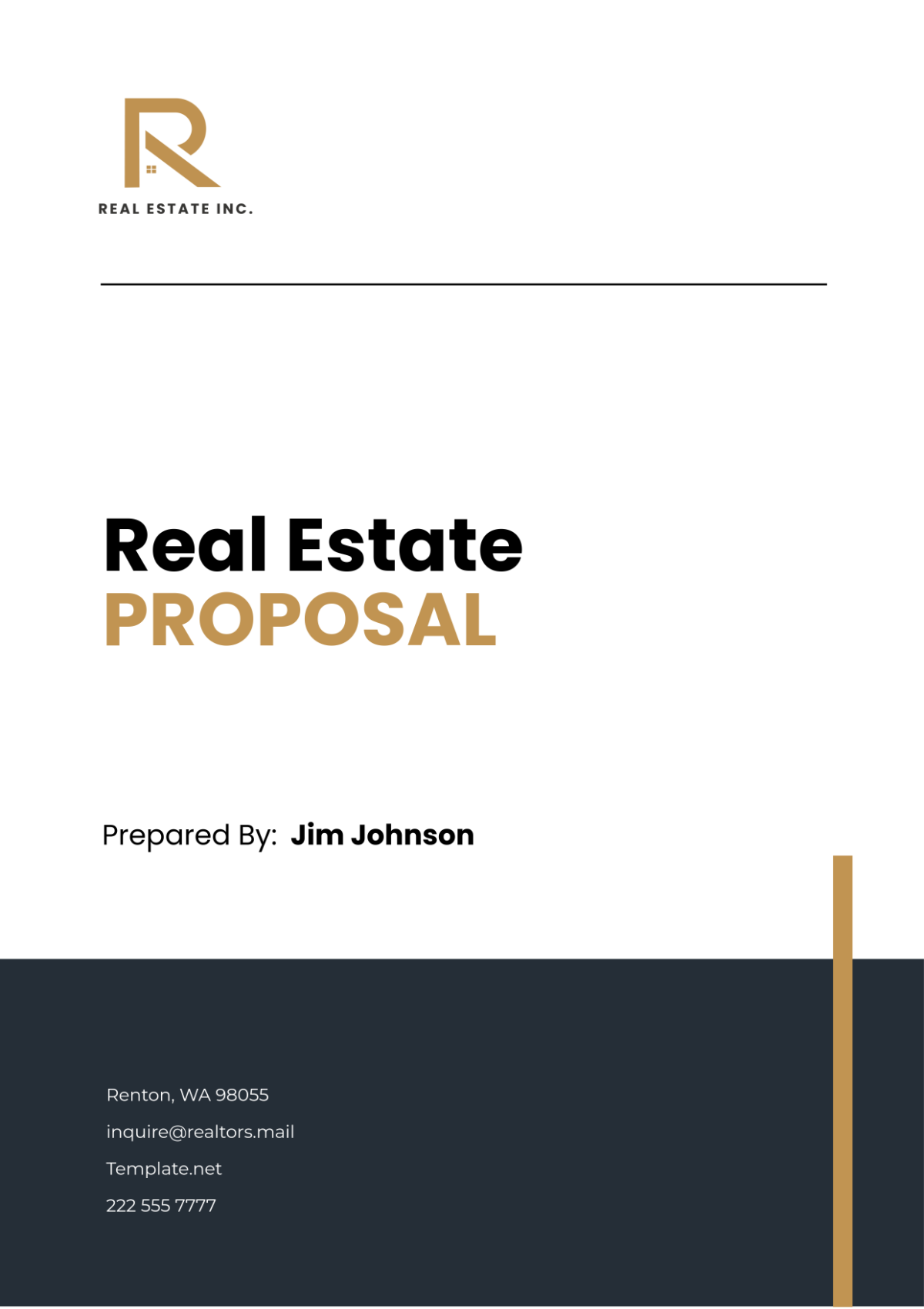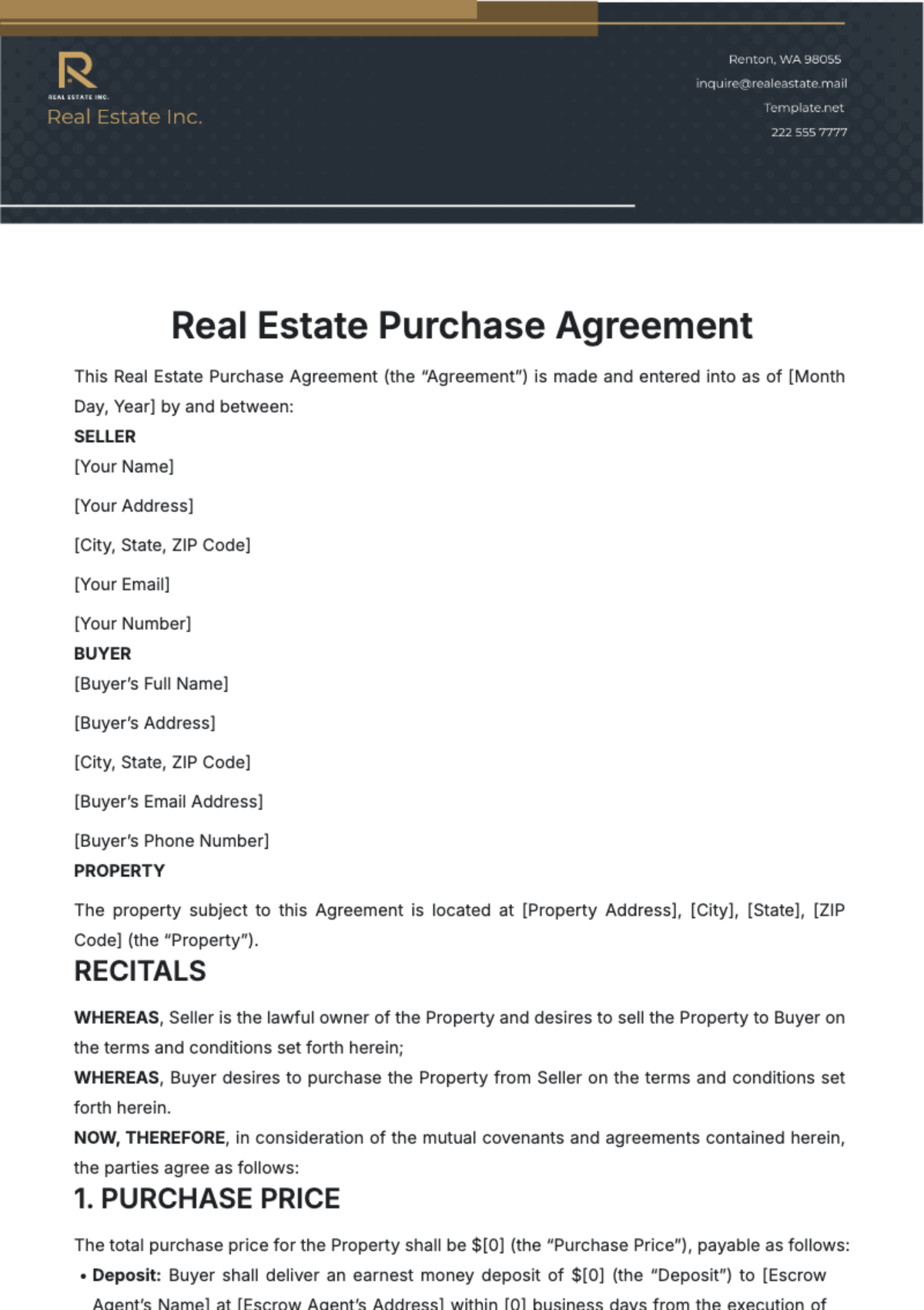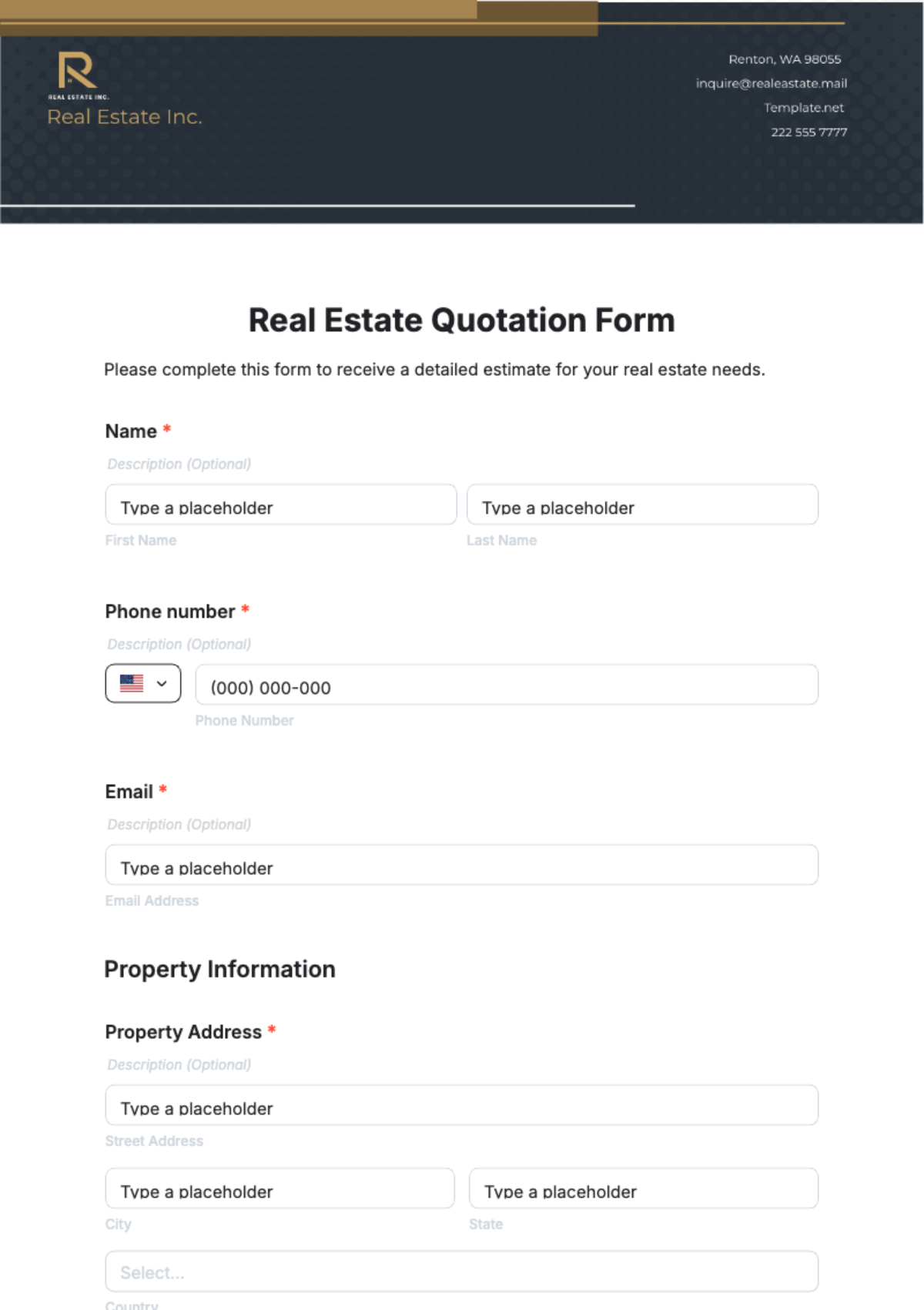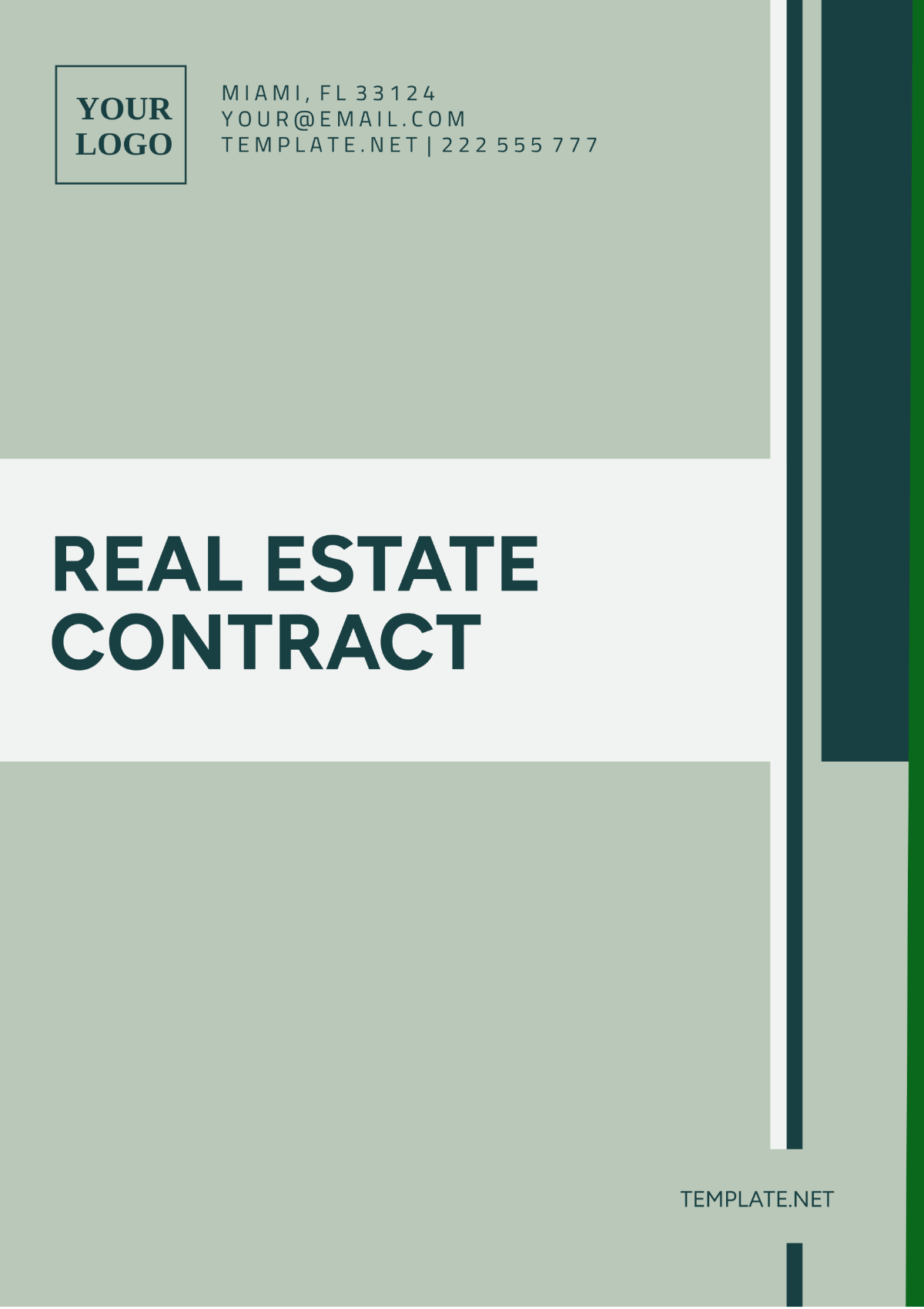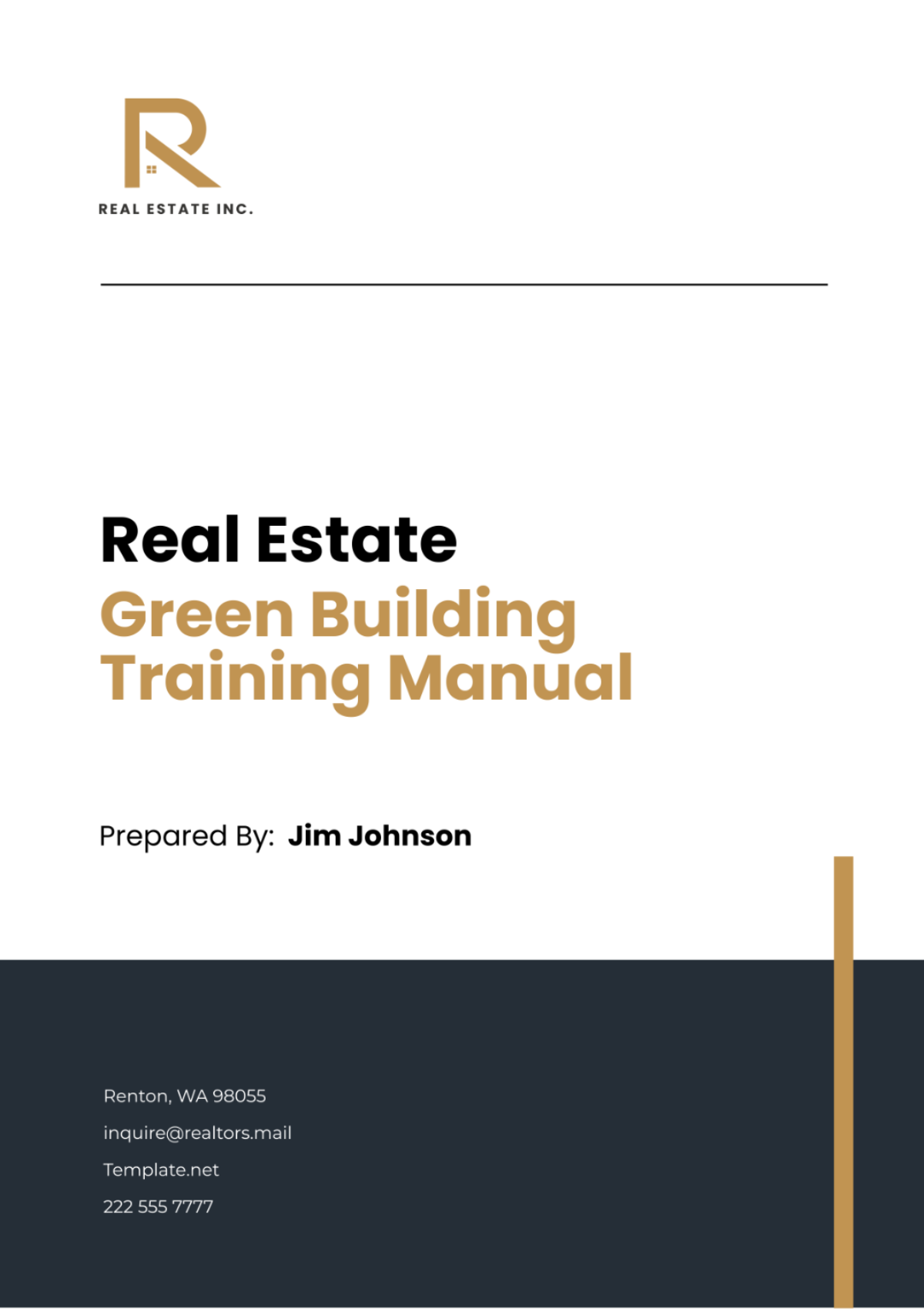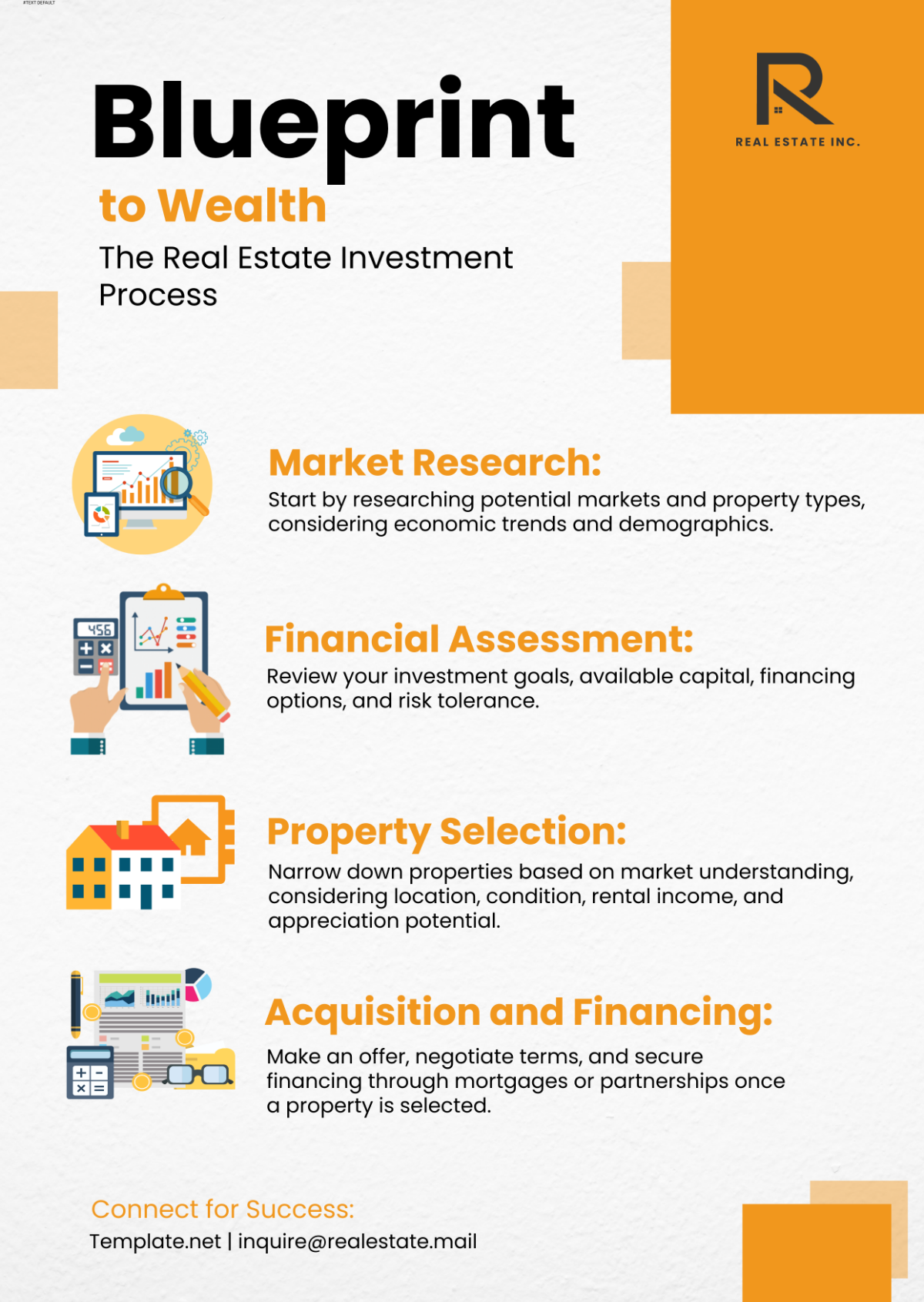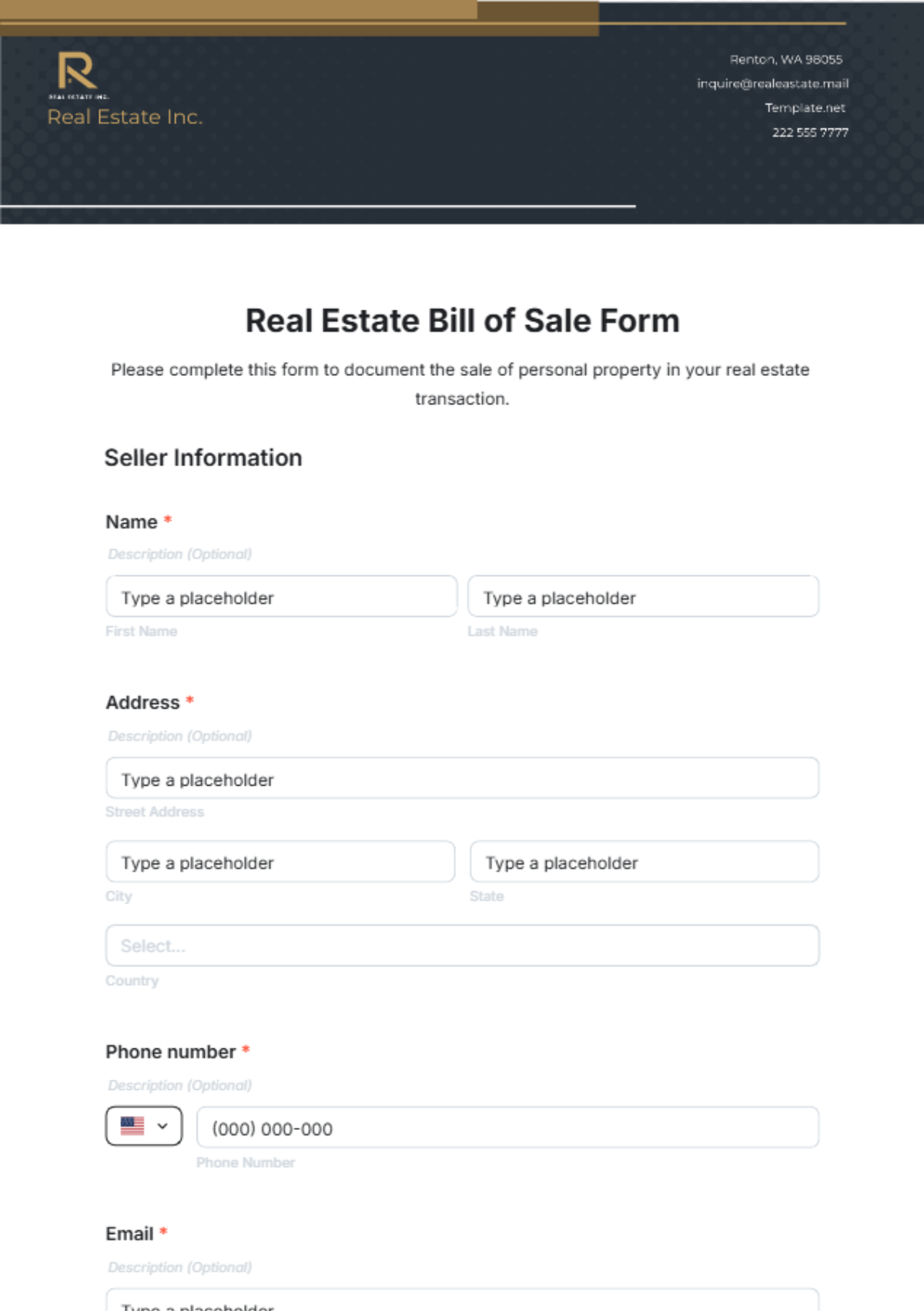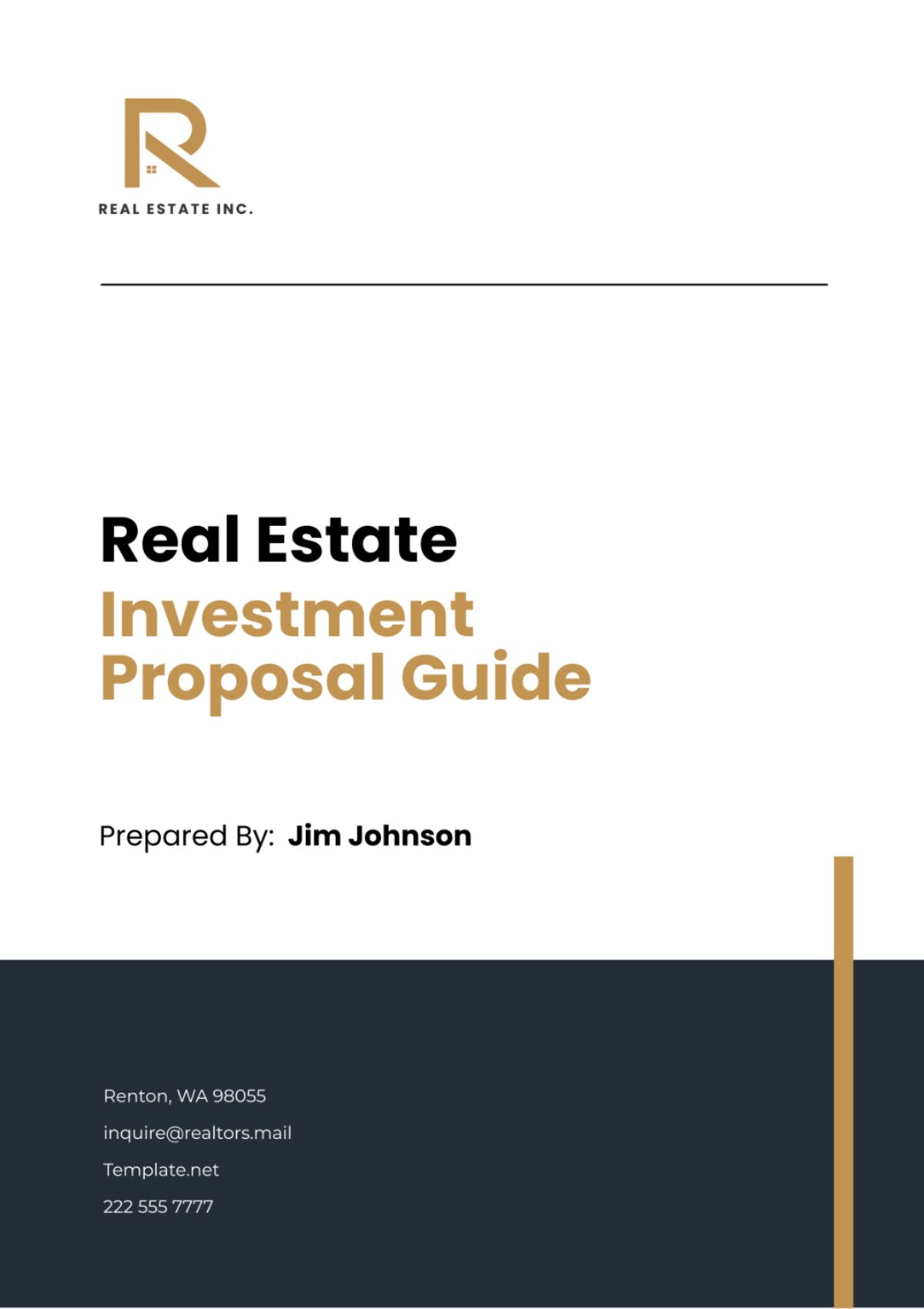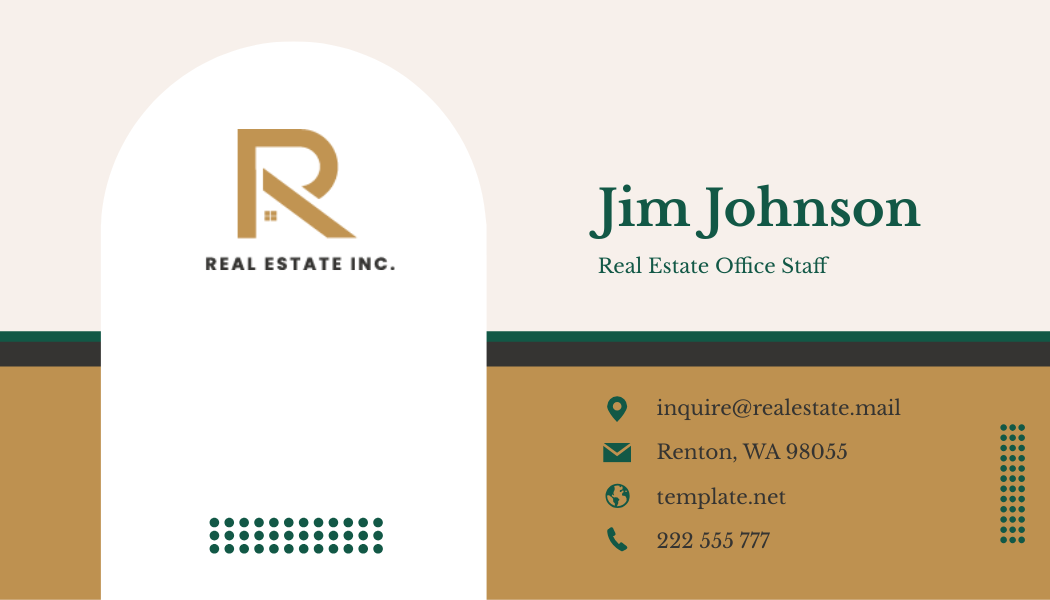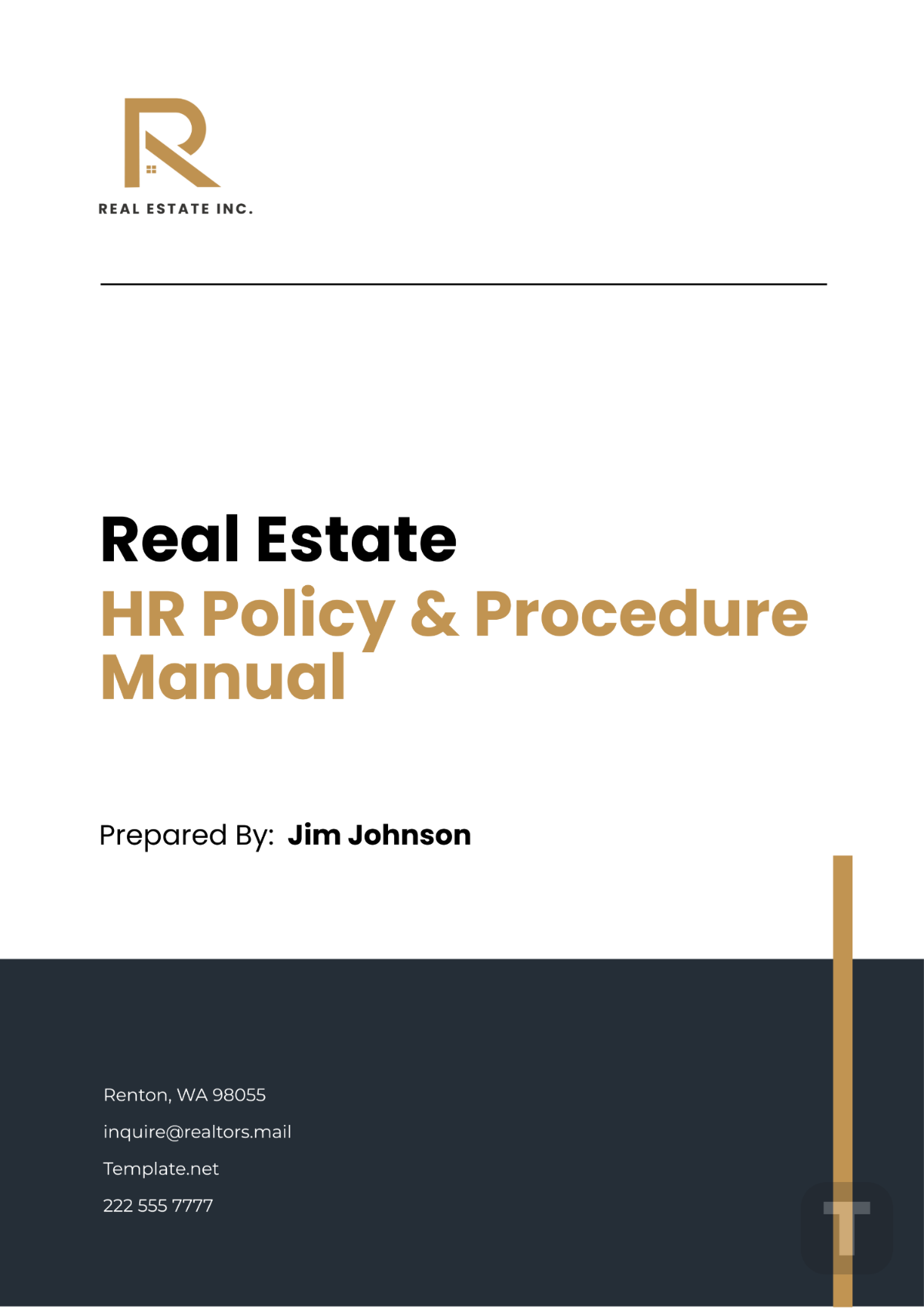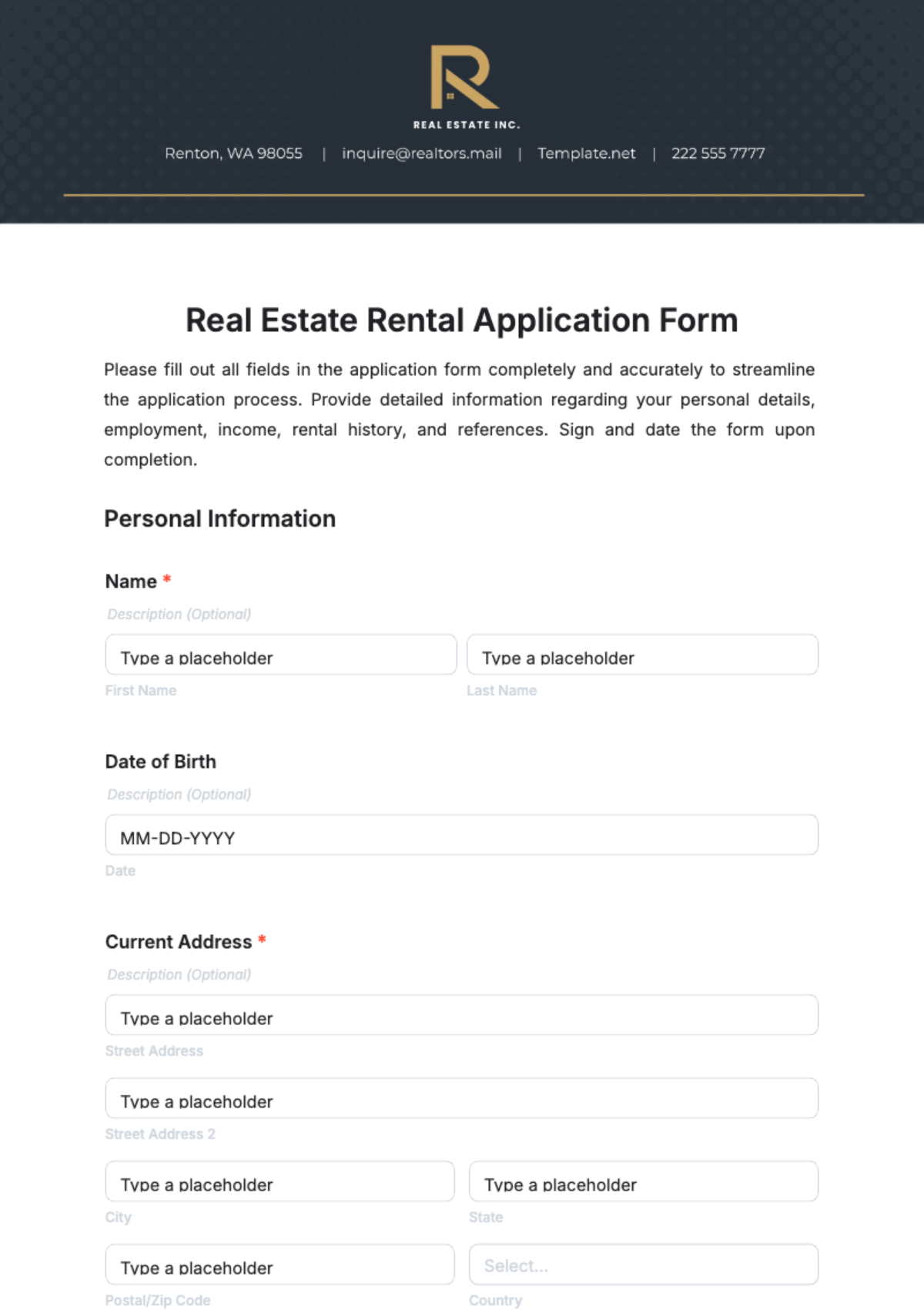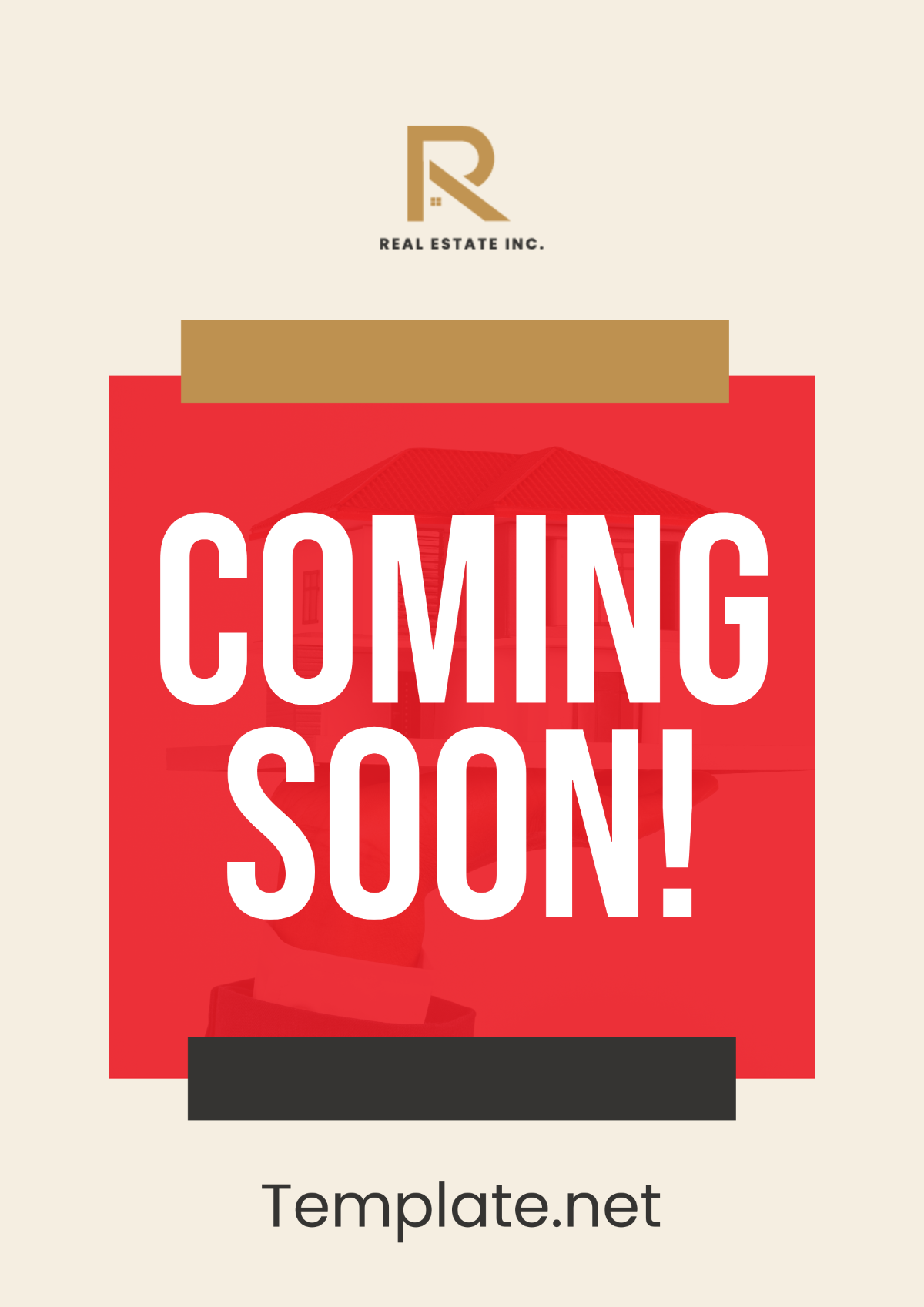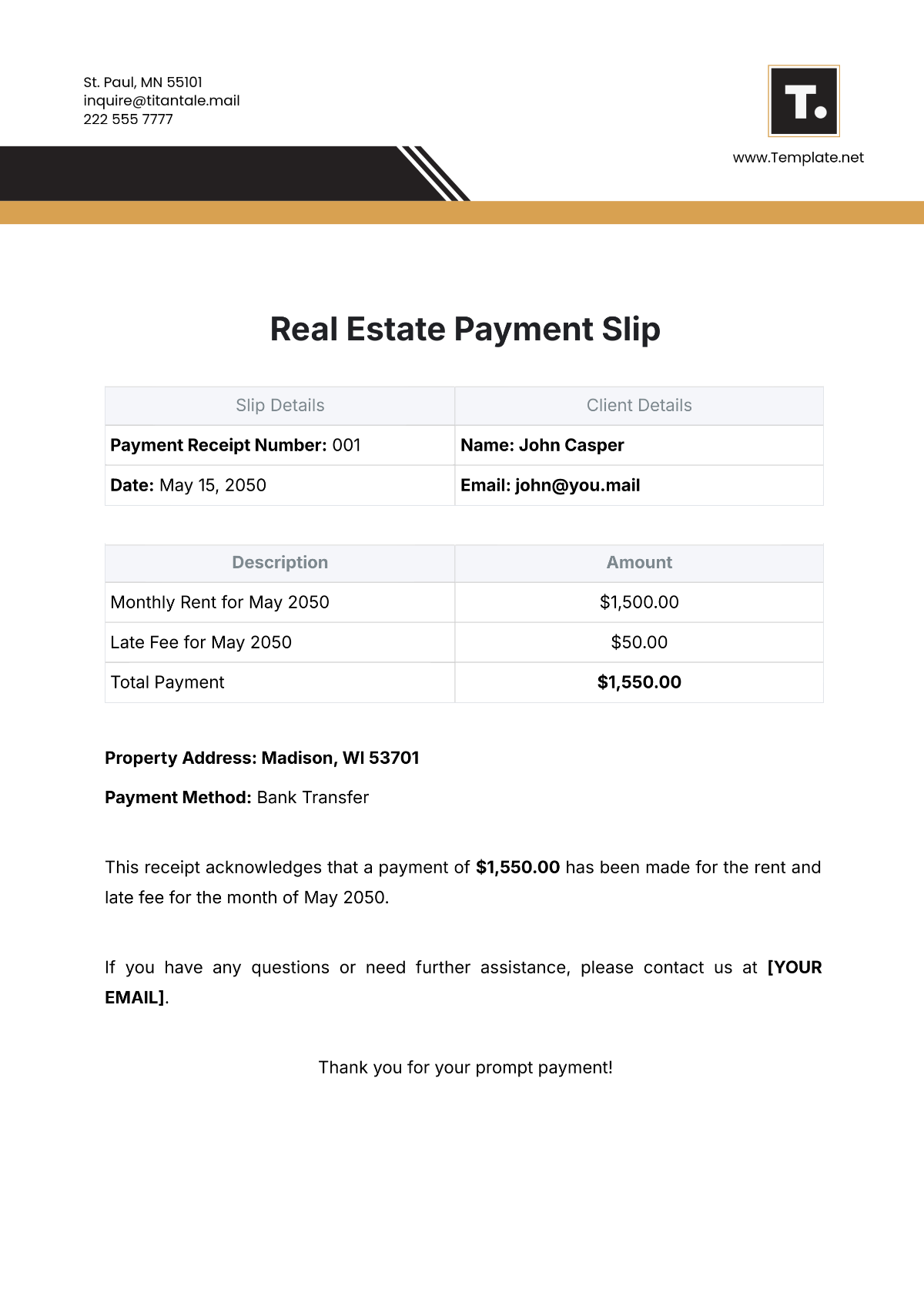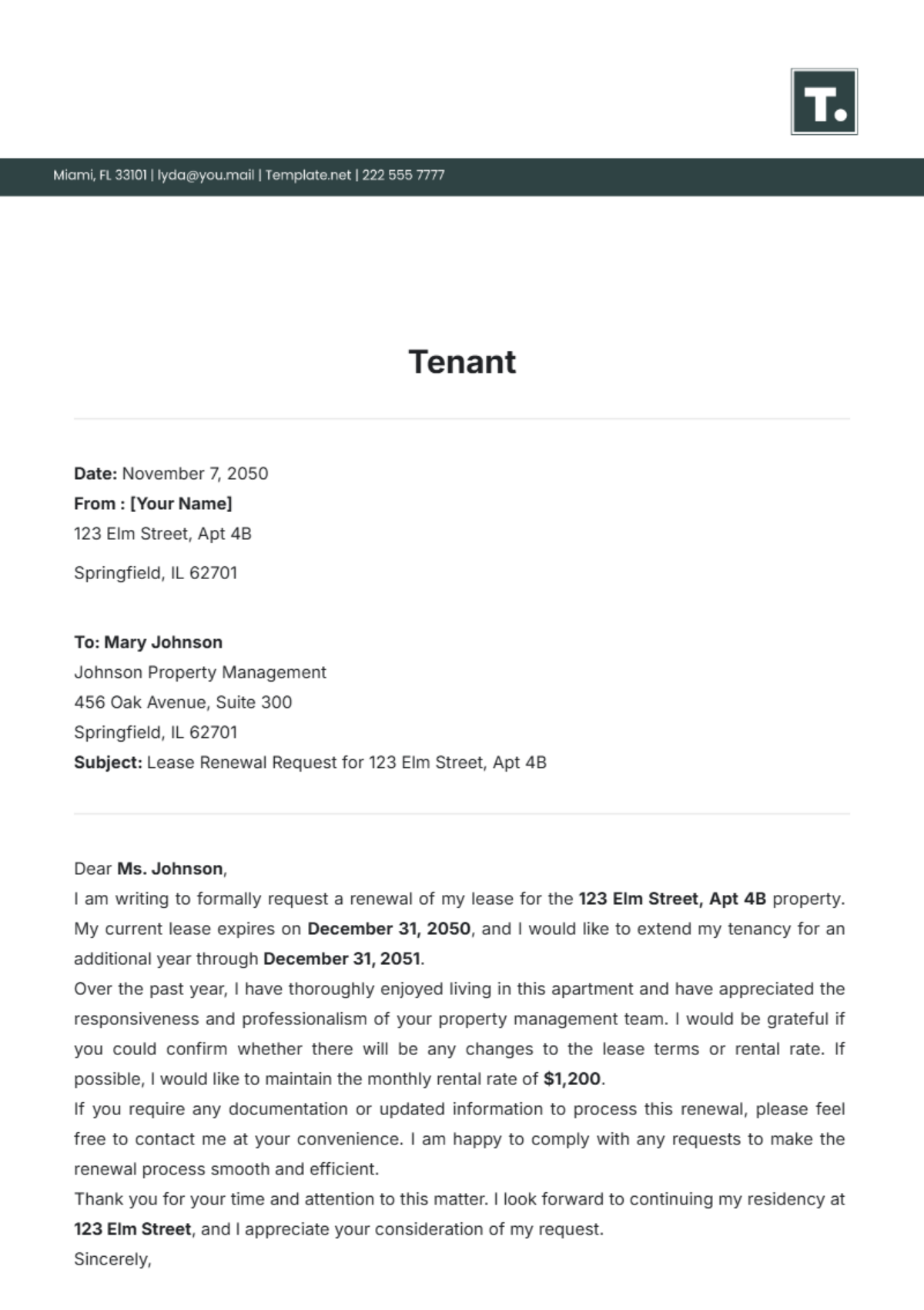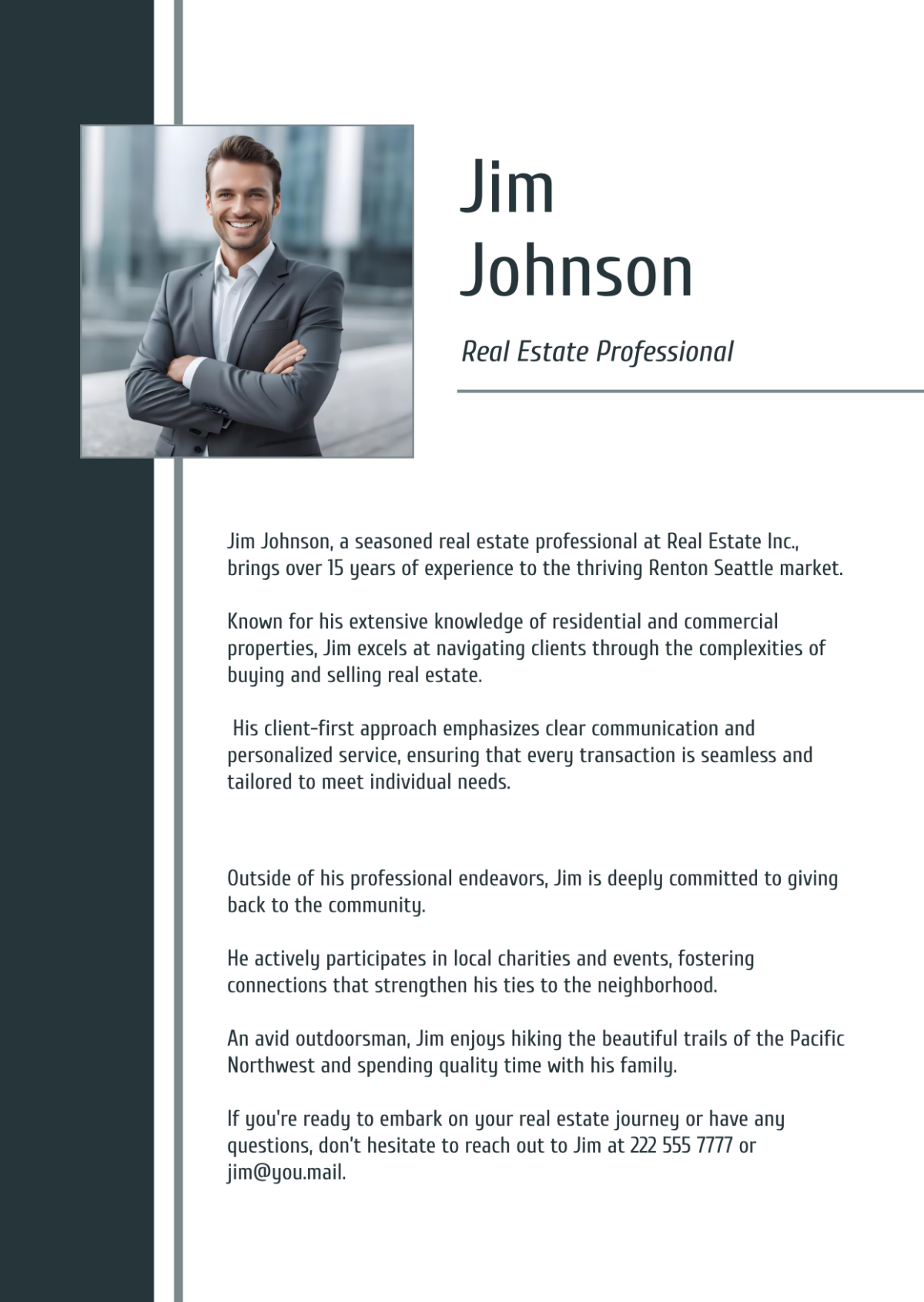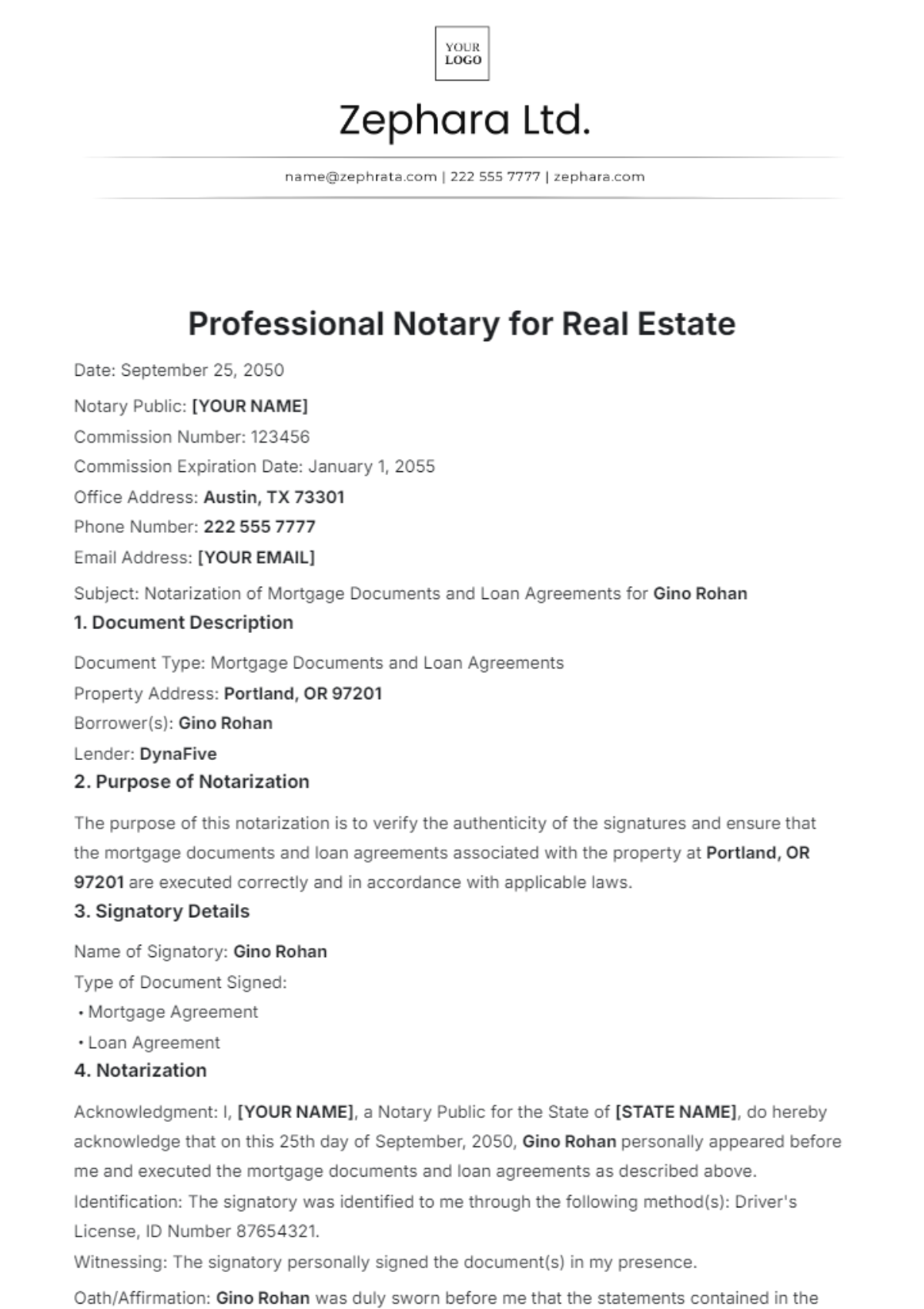Free Tenant Move-in Rules Template
Tenant Move-in Rules
Name: [Your Name]
Date: [Date]
I. Introduction
Welcome to your new home! To ensure a smooth transition and a pleasant living experience, please familiarize yourself with the following Tenant Move-in Rules. These guidelines cover essential aspects of your move-in process, from communication and documentation to emergency procedures and housekeeping.
A. Communication
Ensure all communication with management is done via the provided contact channels, such as email, phone, or the property management portal. This ensures a documented and efficient process.
Report any issues or repairs needed upon move-in within the first 48 hours. Document these issues with photos and written descriptions to facilitate prompt resolution and avoid future disputes.
B. Documentation
Submit all required forms and documentation before your move-in date. This typically includes your signed lease agreement, identification, proof of renter’s insurance, and any other forms requested by management.
Keep copies of your lease agreement and any other signed documents in a safe place, such as a dedicated folder or secure digital storage. These documents are essential for reference throughout your tenancy.
II. Pre-Move-in Inspection
A thorough inspection of the property will be conducted before you move in to document existing conditions.
A. Scheduling
Schedule the inspection with the property manager at least one week before your move-in date. This allows sufficient time to address any identified issues and prepare the property for your arrival.
Ensure you are present during the inspection to address any concerns and understand the condition of the property. Your presence allows for immediate clarification and agreement on the property's state.
B. Inspection Report
Review the inspection report carefully and note any discrepancies or damage not previously documented. Take your photos and notes as additional evidence.
Sign and return the report to the property manager within 24 hours after the inspection. Keep a copy for your records. This document is critical in protecting your security deposit and clarifying responsibilities.
III. Lease Agreement
Ensure you fully understand and comply with the terms outlined in your lease agreement.
A. Key Clauses
Rent Payment: Understand the due dates, payment methods accepted (e.g., online payment, checks, direct debit), and late fees. Set up reminders to avoid late payments.
Security Deposit: Be aware of the amount, conditions for refund, and situations where deductions may occur, such as for damages or unpaid rent.
Maintenance Responsibilities: Know your duties versus those of the landlord, including routine maintenance, emergency repairs, and who to contact for different issues.
IV. Move-in Day Procedures
Follow these procedures to make your move-in day as smooth as possible.
A. Access to the Property
Collect your keys, access cards, and any access codes from the property manager. Ensure all provided keys and codes work properly.
Familiarize yourself with the entry and exit points of the property, including any security systems, gates, or elevators. Know the locations of parking spaces and storage units if applicable.
B. Moving Belongings
Avoid blocking driveways, entrances, and common areas during the move. Coordinate with management if you need to reserve elevators or loading zones.
Dispose of moving boxes and packing materials responsibly, following local recycling guidelines. Break down boxes and bundle them as required.
V. Utilities and Services
Set up your utilities and services to ensure a comfortable living experience.
A. Utility Activation
Contact utility providers to activate electricity, water, and gas services. Confirm transfer dates and ensure there are no service interruptions.
Ensure all utilities are transferred to your name on or before the move-in day. Verify activation by checking that all services are working upon arrival.
B. Additional Services
Arrange for internet, cable, and other additional services as needed. Research providers in advance to choose the best options for your needs.
Schedule installation appointments that do not disrupt other tenants or violate noise regulations. Plan installations during regular business hours if possible.
VI. Housekeeping Rules
Maintain a clean and orderly living environment by following these housekeeping rules.
A. Waste Disposal
Use designated trash and recycling bins for waste disposal. Follow property guidelines for sorting and disposal.
Follow the property’s schedule for waste collection days. Place bins out for collection and return them promptly. Ensure waste is securely bagged to prevent spills and odors.
B. Common Areas
Do not leave personal belongings in shared spaces. Store all personal items within your rental unit to avoid clutter and disputes.
Keep common areas clean and free of clutter. Be considerate of your neighbors by cleaning up after yourself, especially in shared kitchens, lounges, and recreational areas.
VII. Emergency Procedures
Know what to do in case of an emergency.
A. Emergency Contacts
Keep a list of emergency contacts easily accessible. This should include the property manager, local authorities, emergency maintenance services, and nearby hospitals.
Know the location of the nearest hospital and emergency services. Familiarize yourself with the routes and procedures for reaching these services quickly.
B. Safety Measures
Locate and understand how to use fire extinguishers, smoke detectors, and other safety equipment. Ensure these devices are functional and report any issues immediately.
Familiarize yourself with the property's emergency evacuation plans. Participate in any scheduled drills and understand the designated meeting points.
VIII. Tenant Responsibilities
Observing these responsibilities will help ensure a positive living experience for everyone.
A. Rent Payment
Pay rent on or before the due date as specified in the lease agreement. Set up automatic payments if possible to avoid late fees.
Maintain proof of payment for your records. This can help resolve any discrepancies that arise and provide evidence of timely payments.
B. Property Maintenance
Report any maintenance issues immediately to the property manager. Use the provided contact methods and describe the problem in detail.
Keep the property clean and take care of any minor repairs yourself, such as changing light bulbs, unclogging drains, and replacing air filters. Avoid making unauthorized alterations to the property.
IX. Code of Conduct
Adhere to the following code of conduct to ensure a harmonious living environment.
A. Noise Levels
Keep noise to a minimum, particularly during late evening and early morning hours (usually between 10 PM and 7 AM). Use headphones for music and avoid loud conversations or activities.
Inform neighbors in advance of any planned events that might generate noise. Provide contact information for any concerns and comply with any property-specific noise policies.
B. Pets
Comply with the property's pet policies, including any restrictions, fees, and required documentation, such as vaccination records.
Ensure pets do not disturb or harm other tenants and the property. Clean up after pets in common areas and dispose of waste properly. Train pets to minimize noise and avoid damage.
Following these Tenant Move-in Rules will contribute to a well-maintained, respectful, and enjoyable living environment for all residents. Welcome to your new home!


